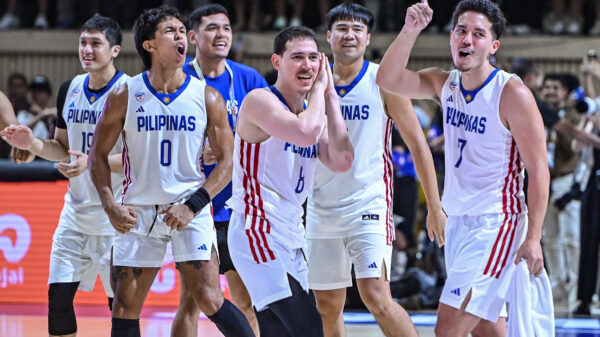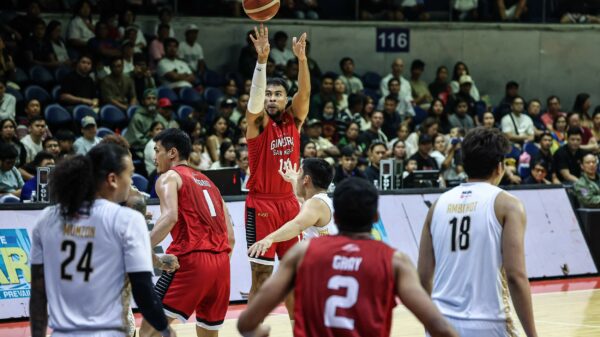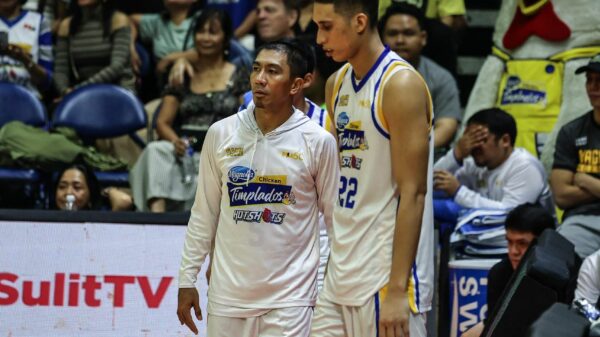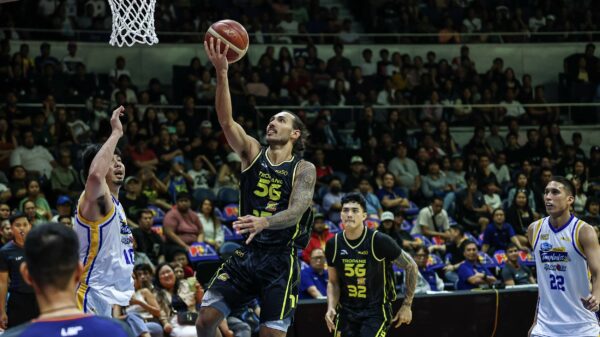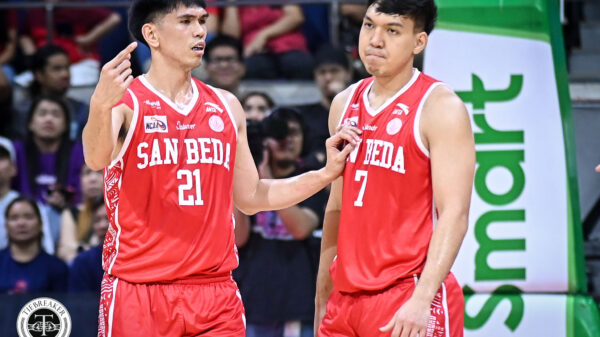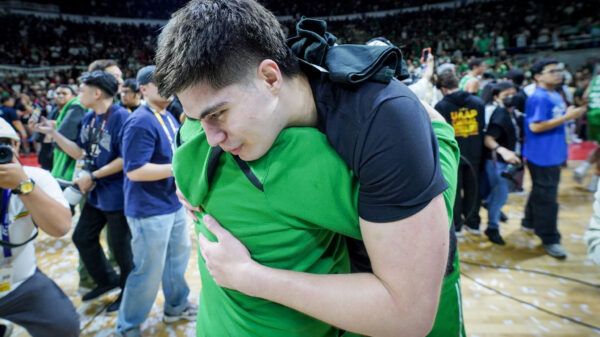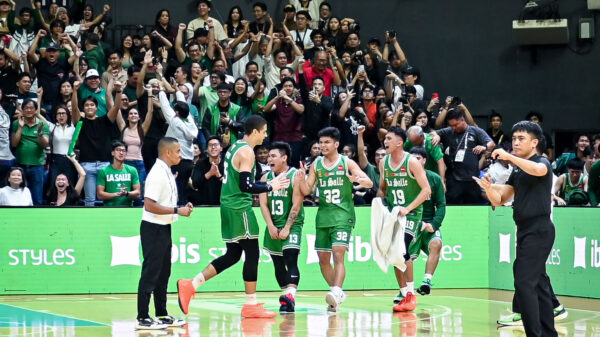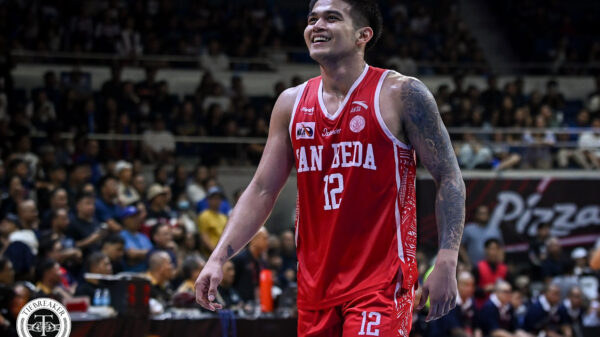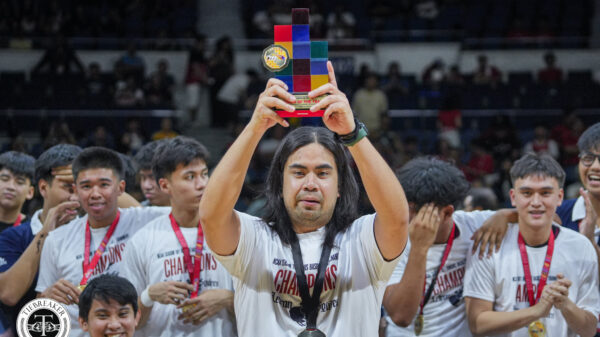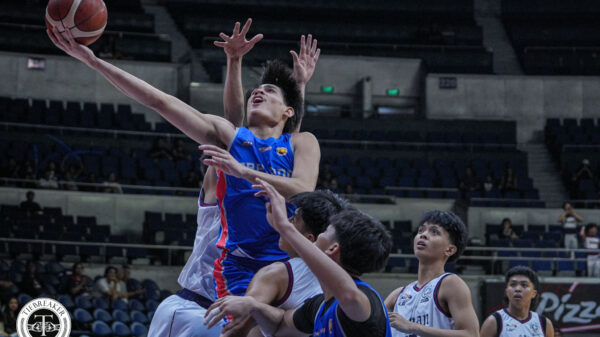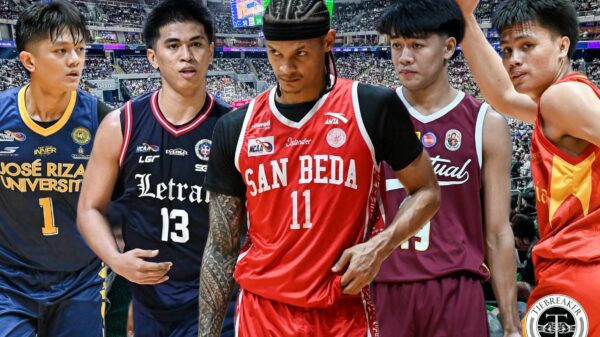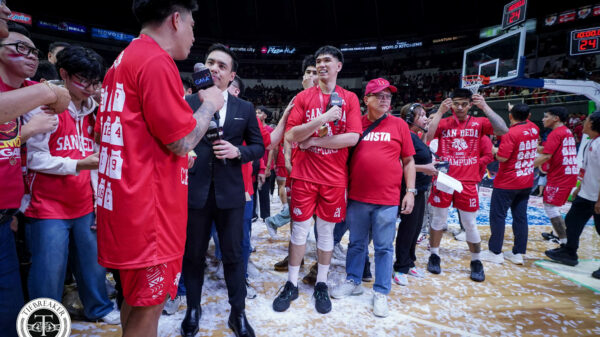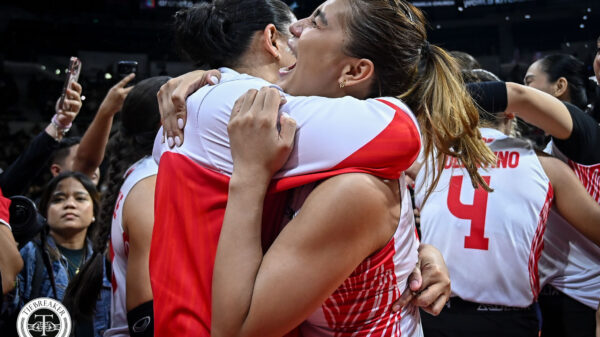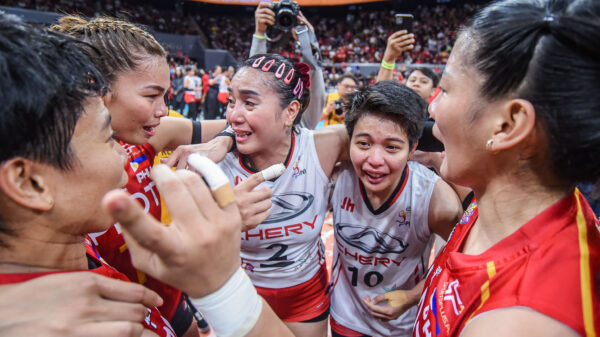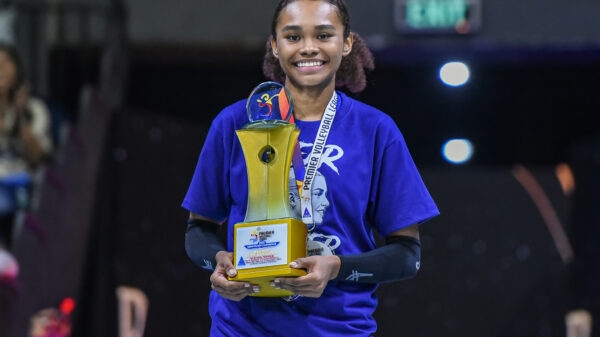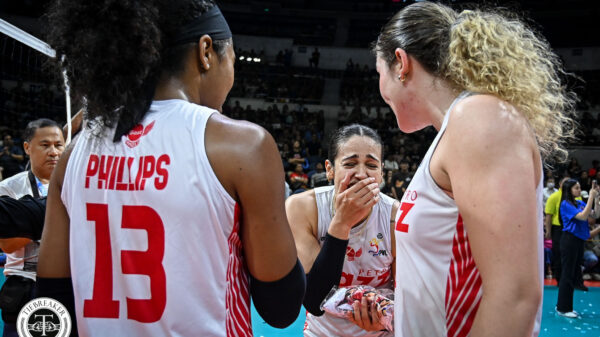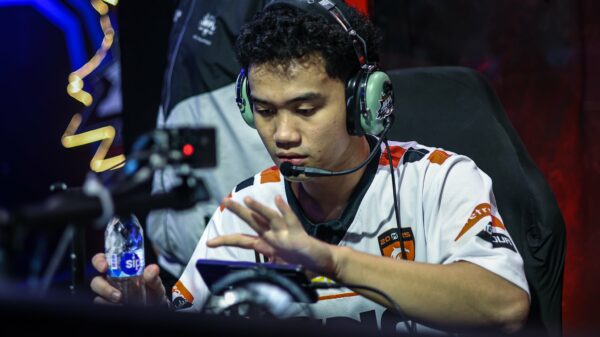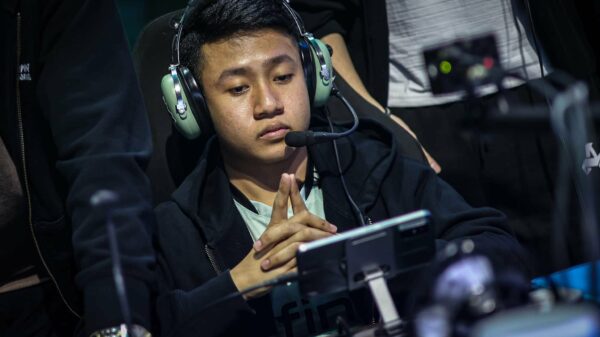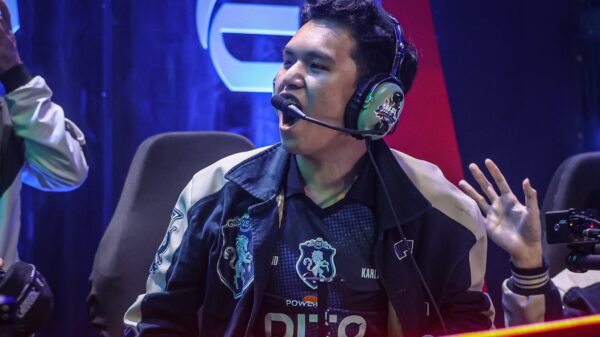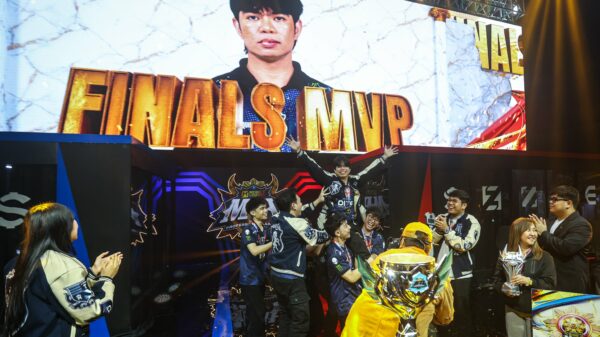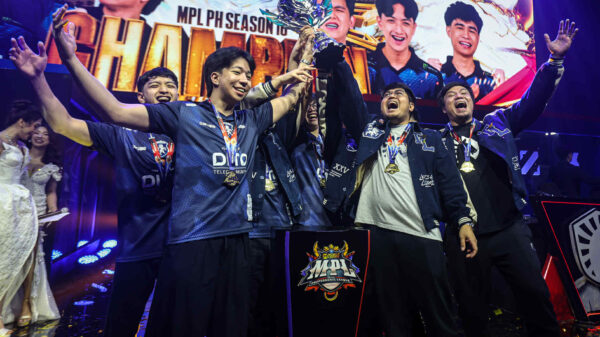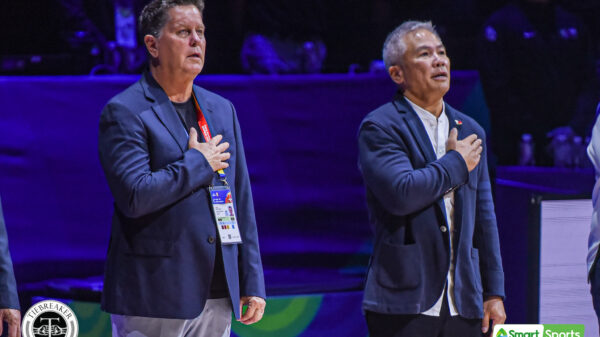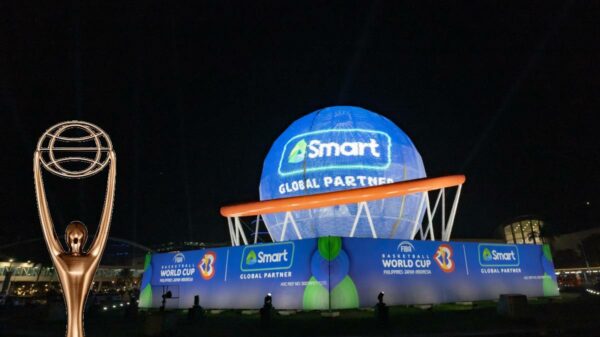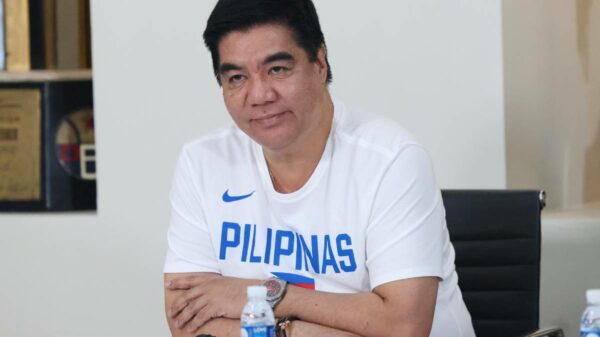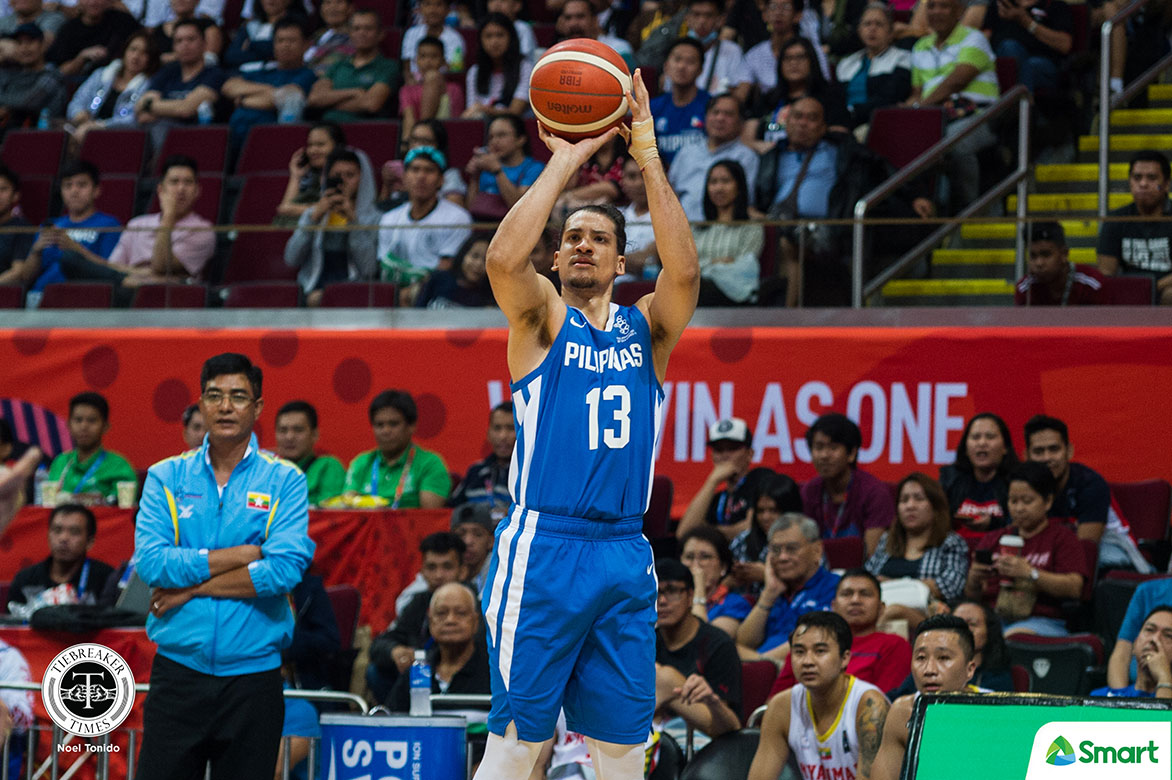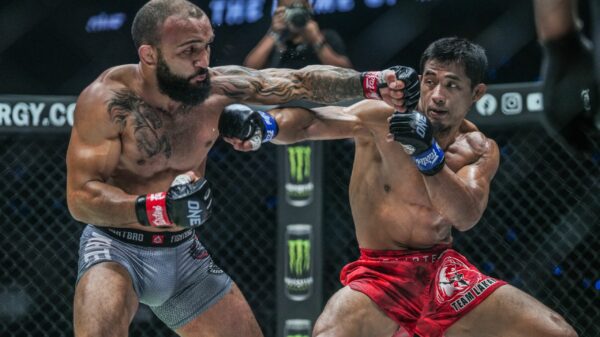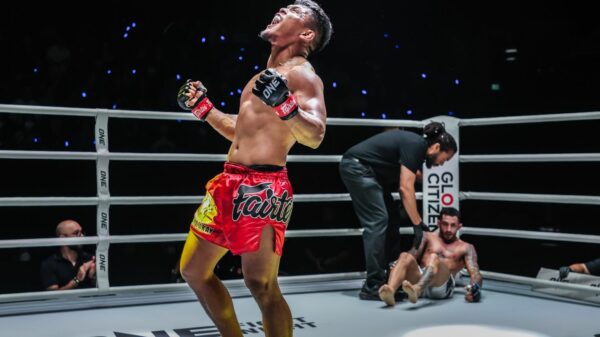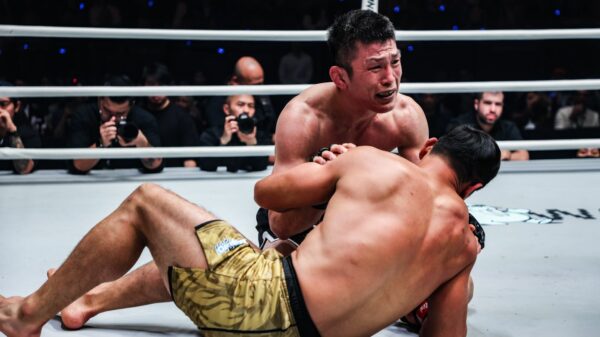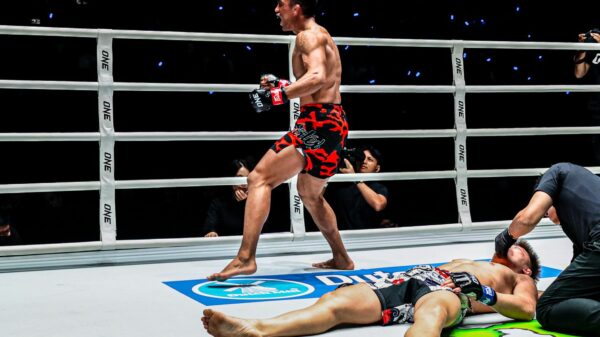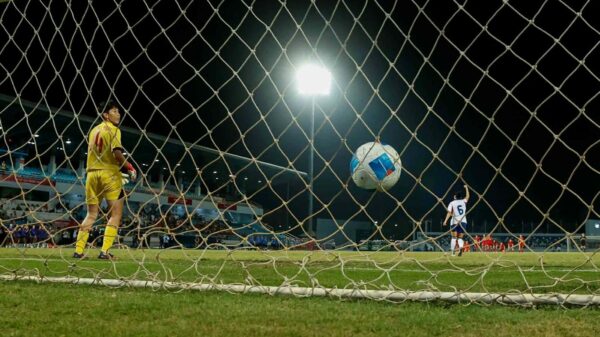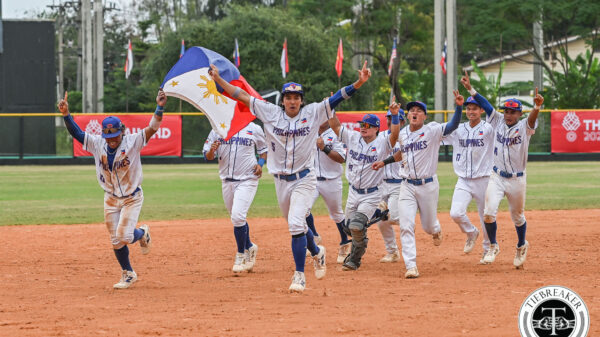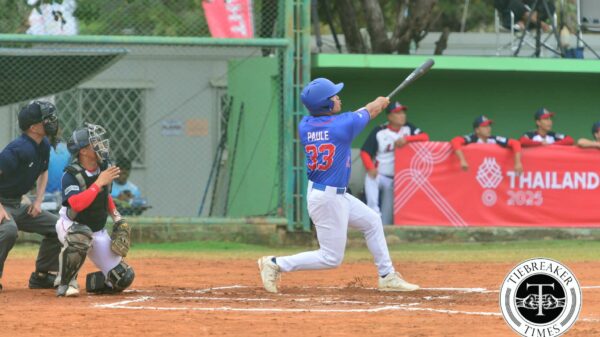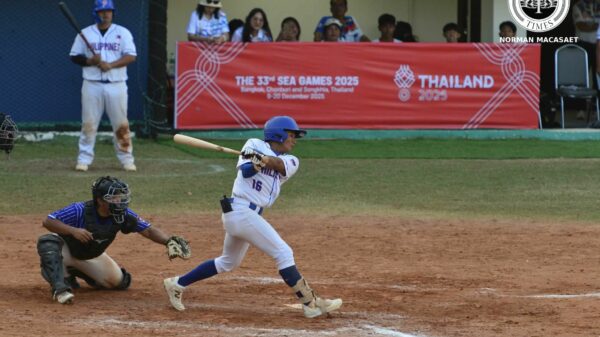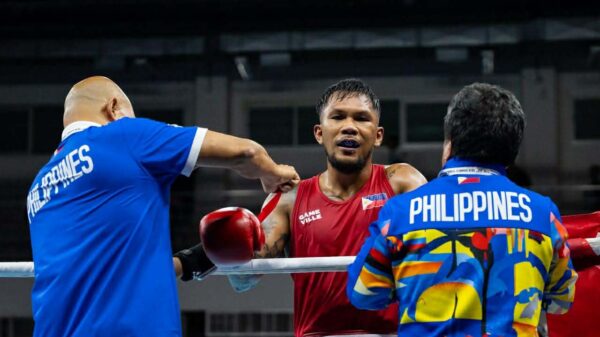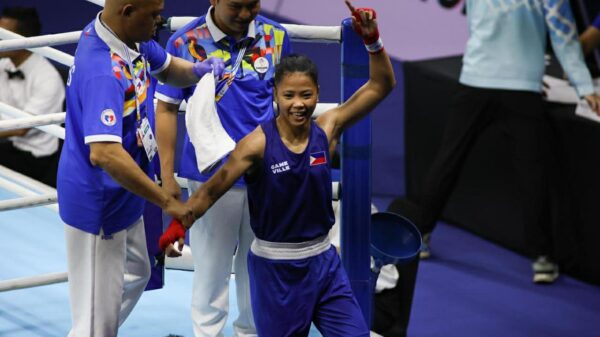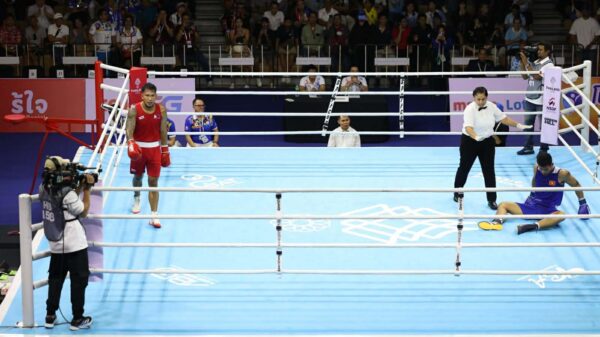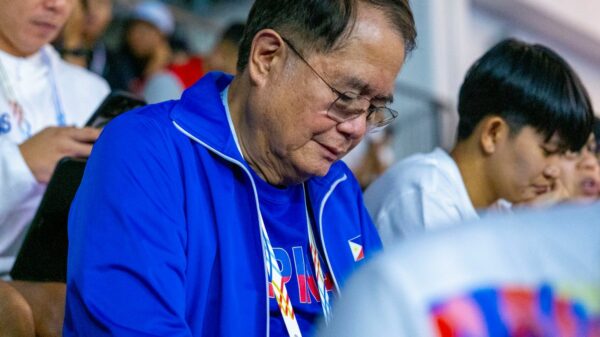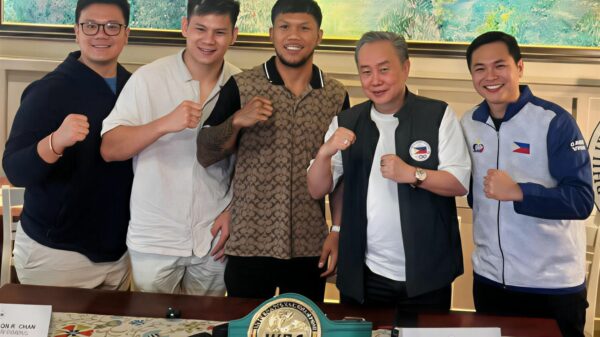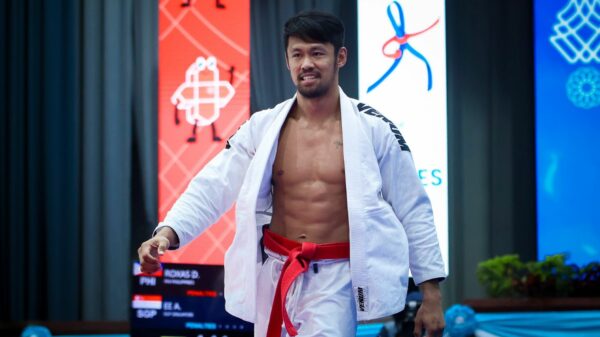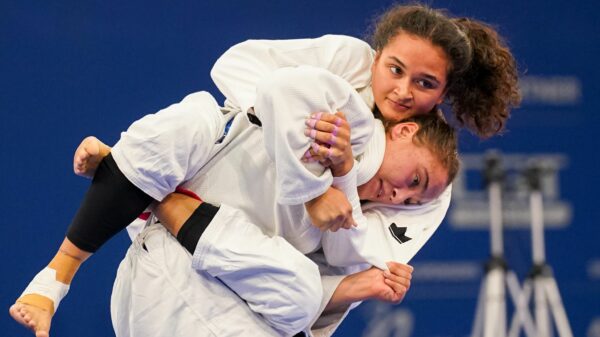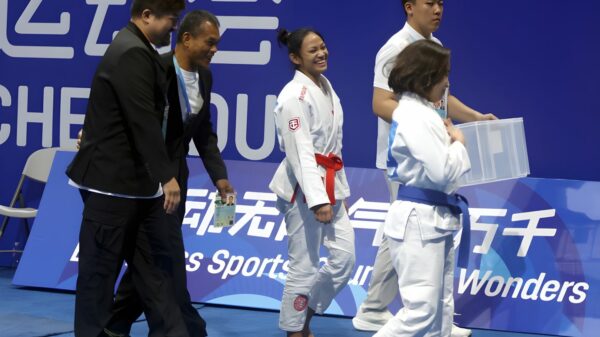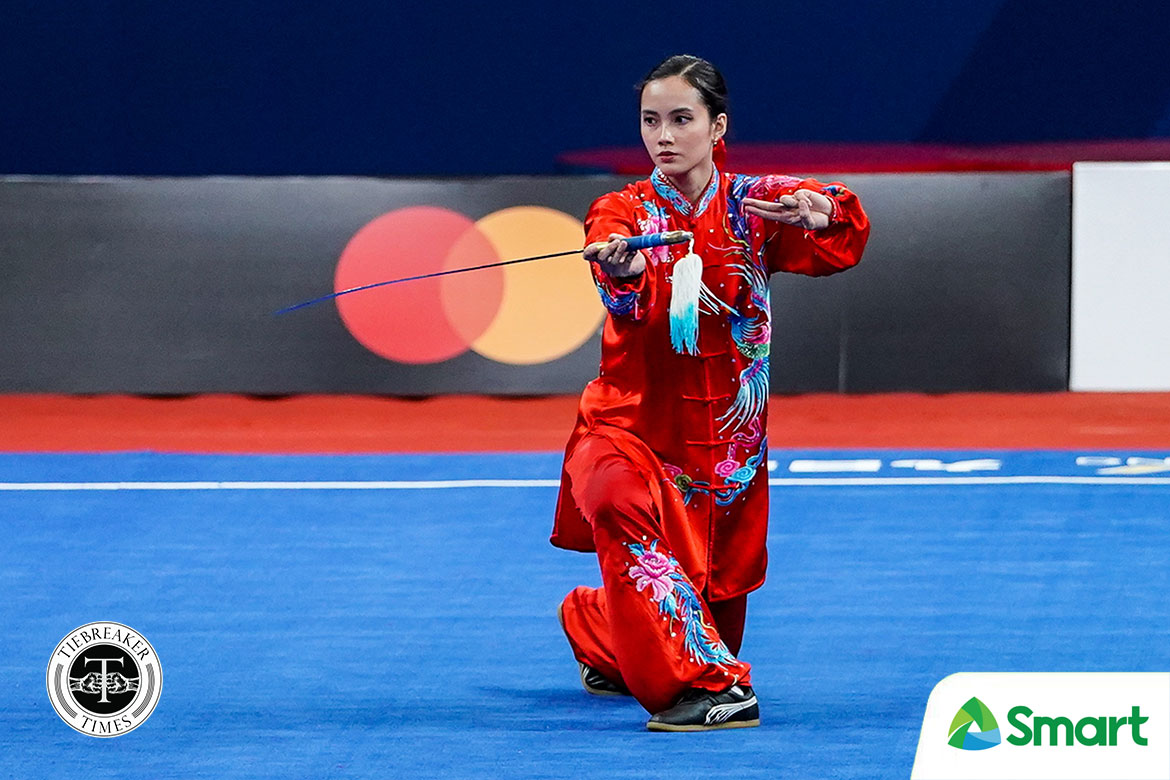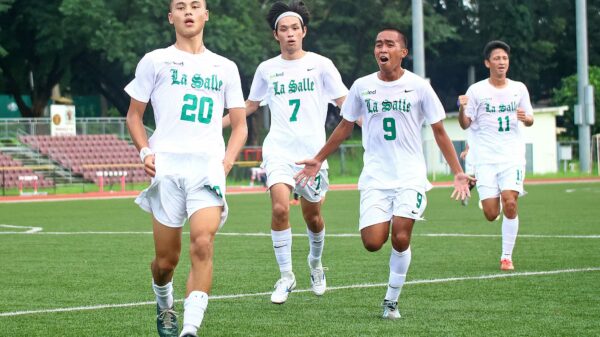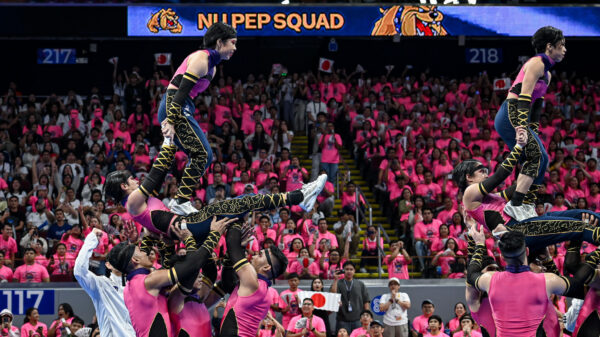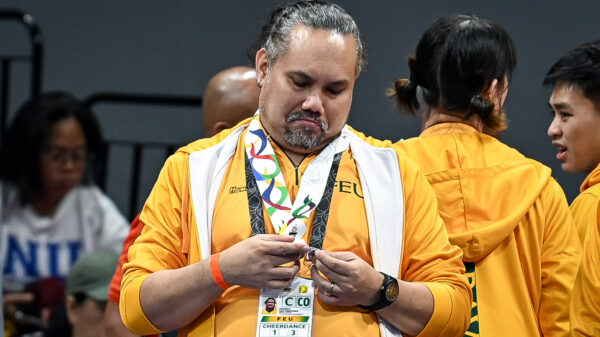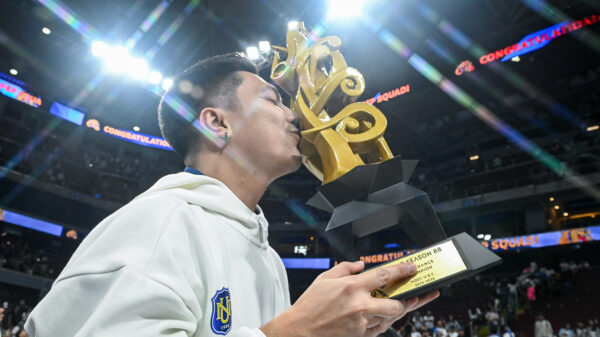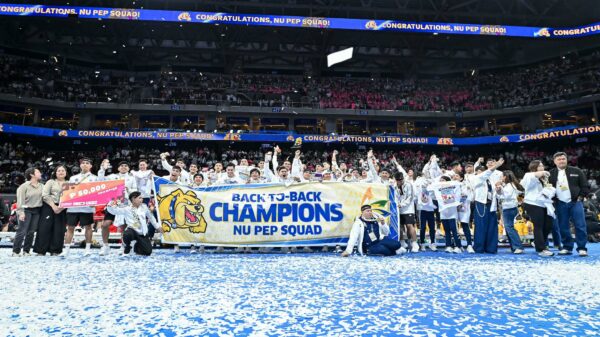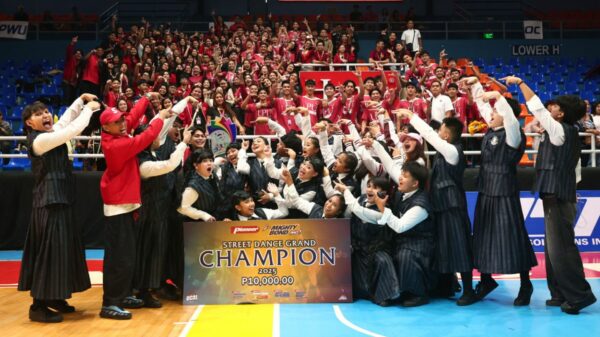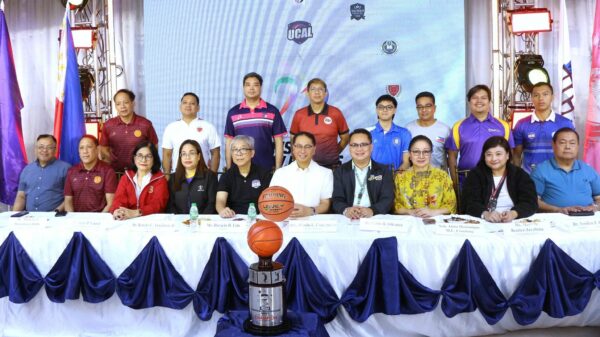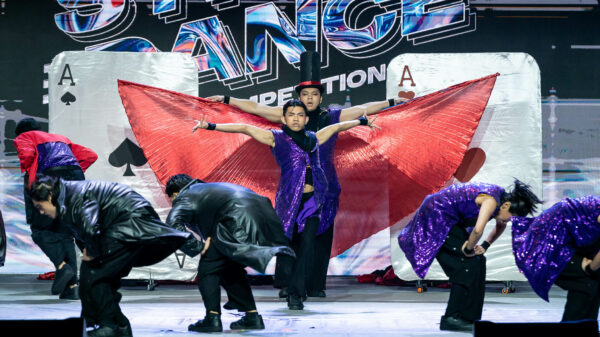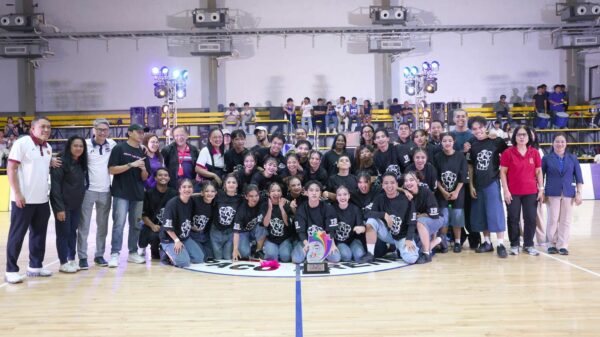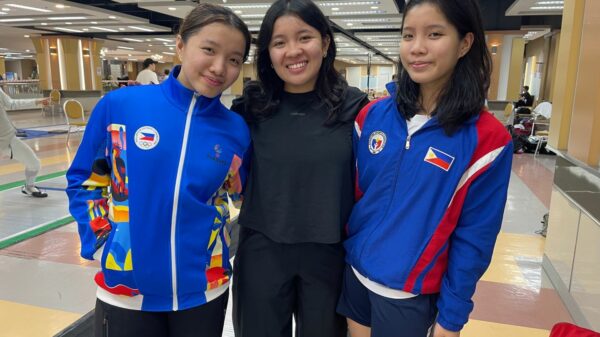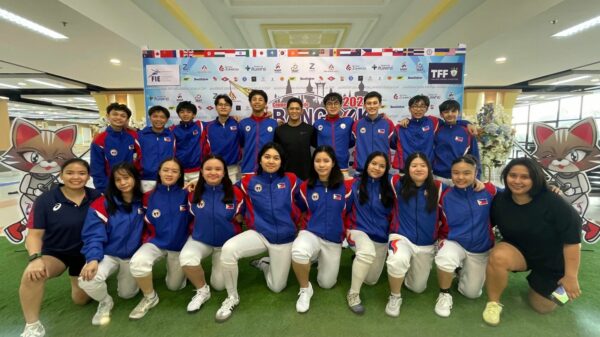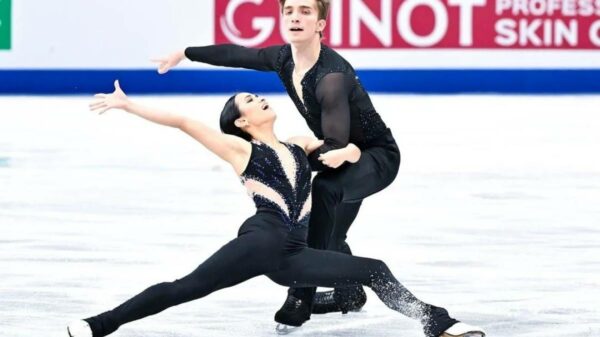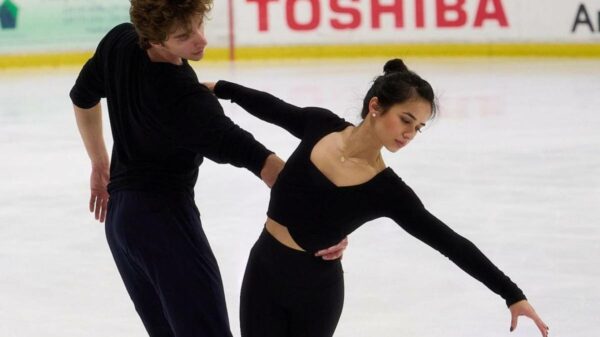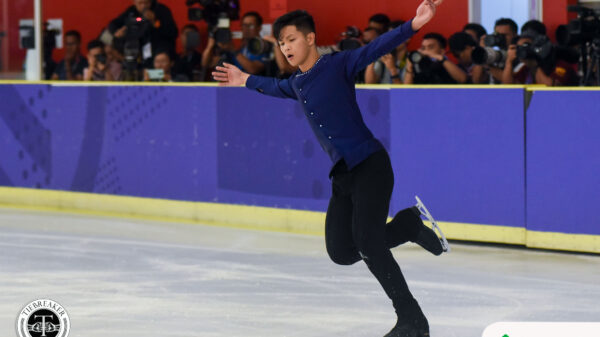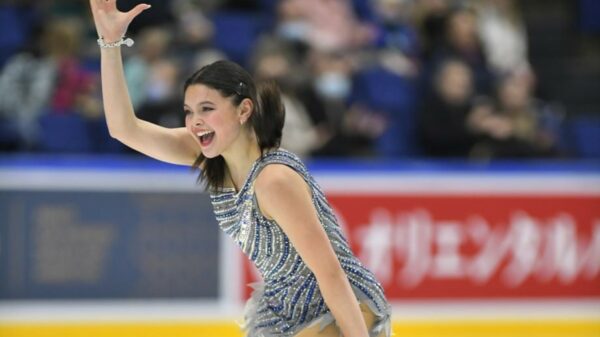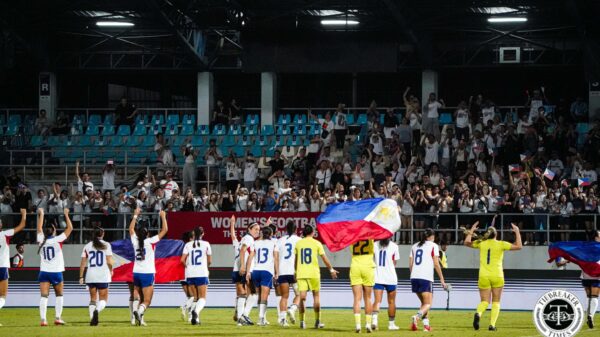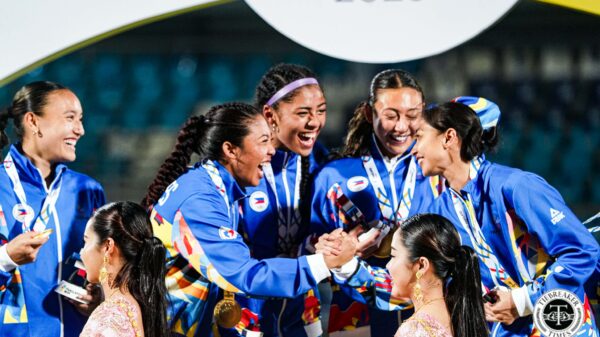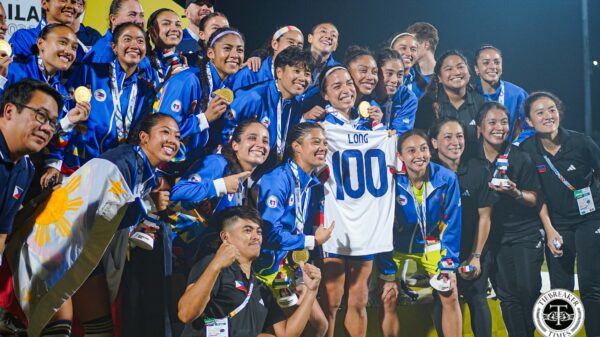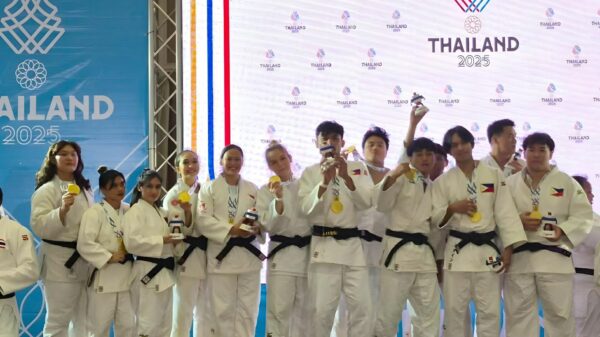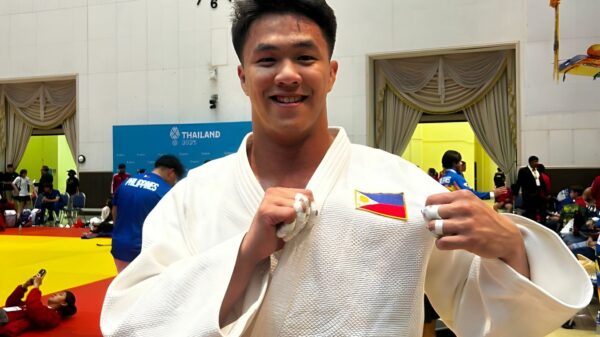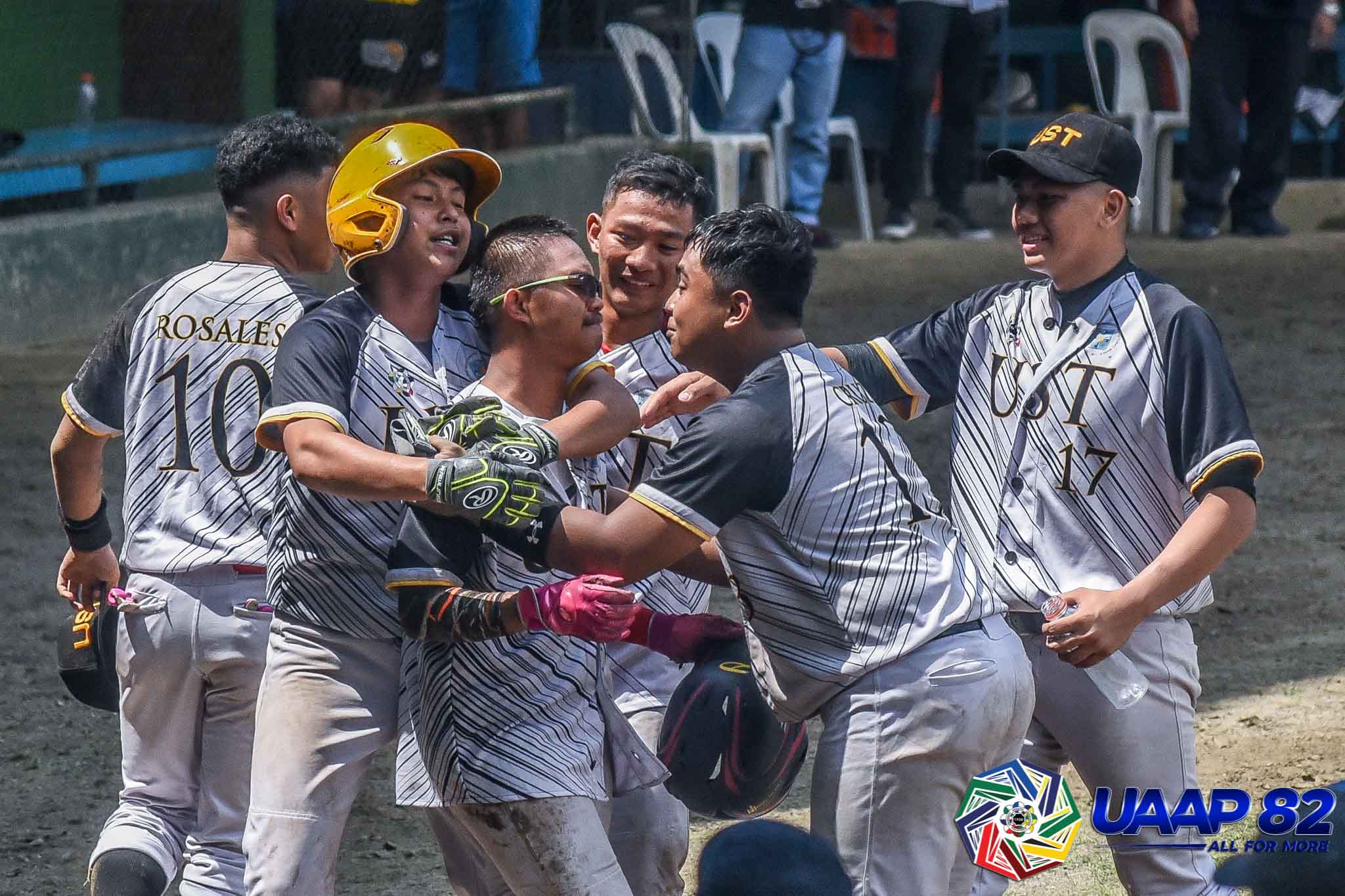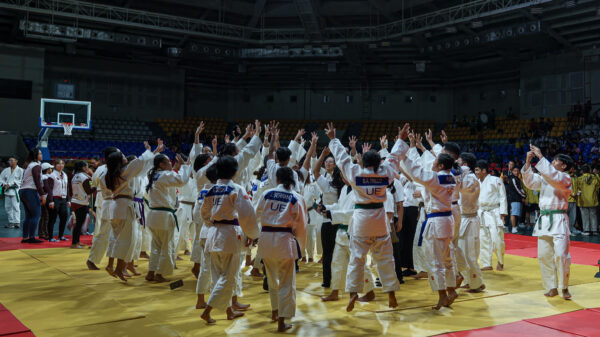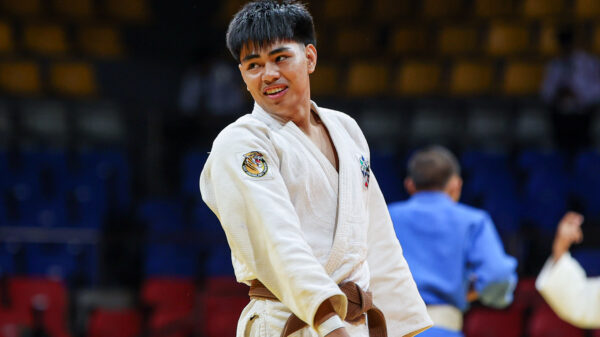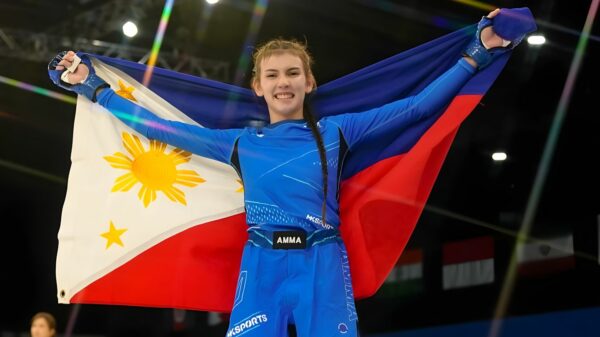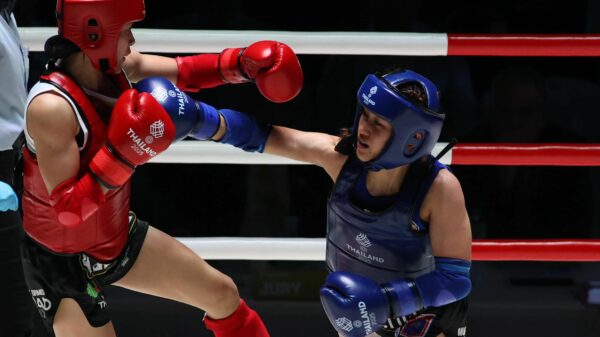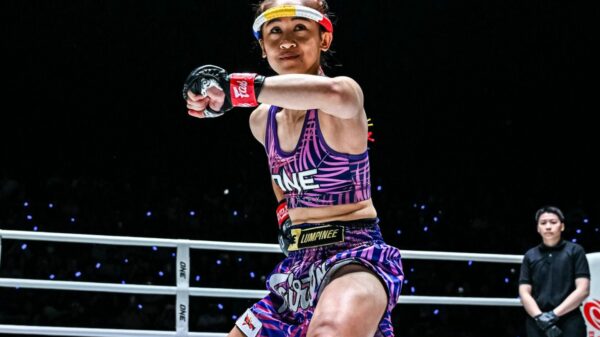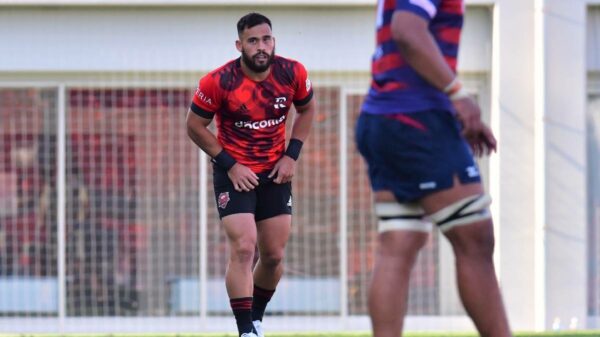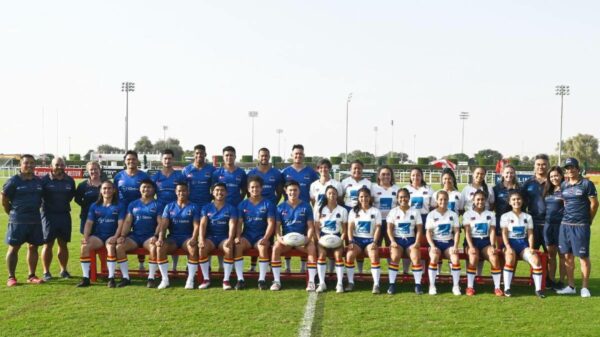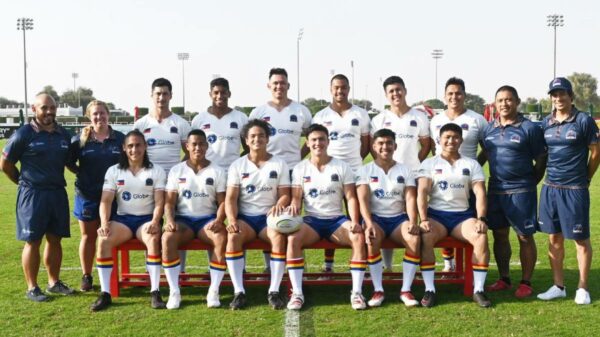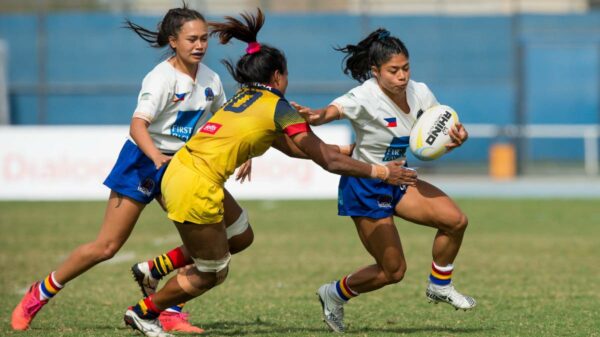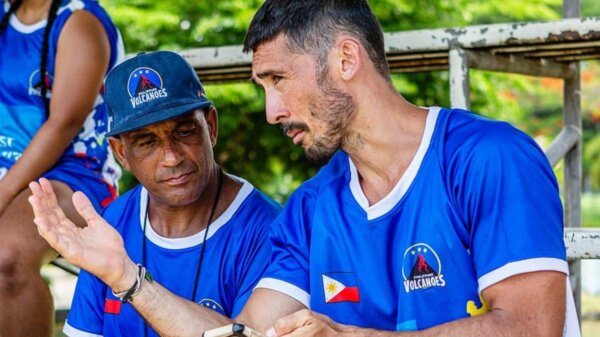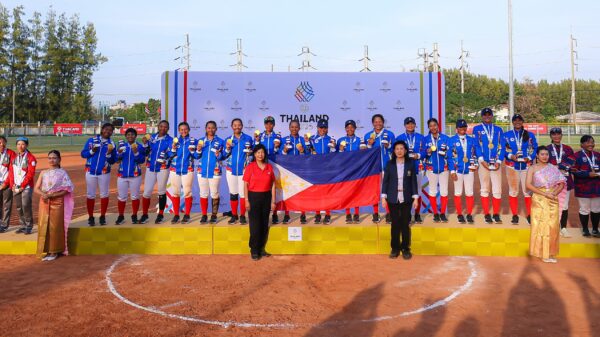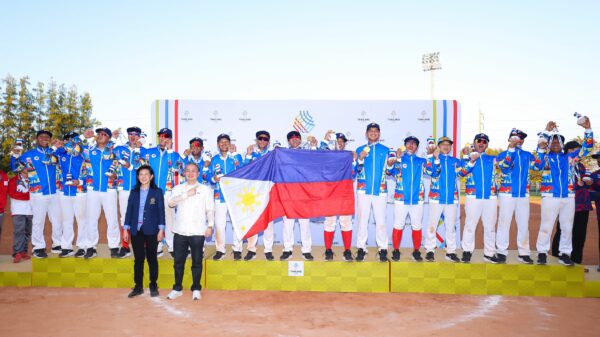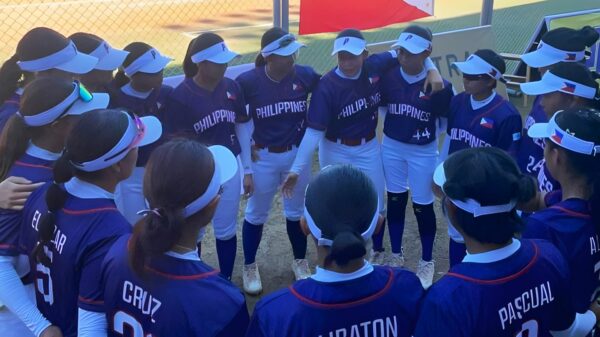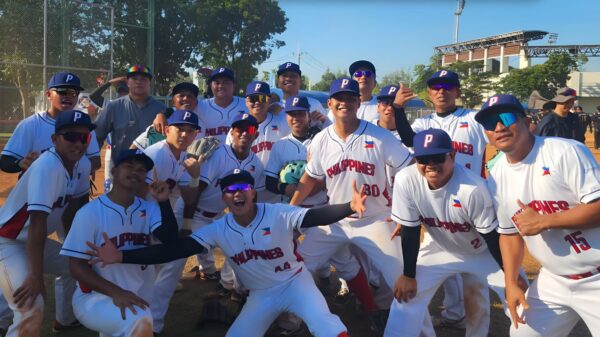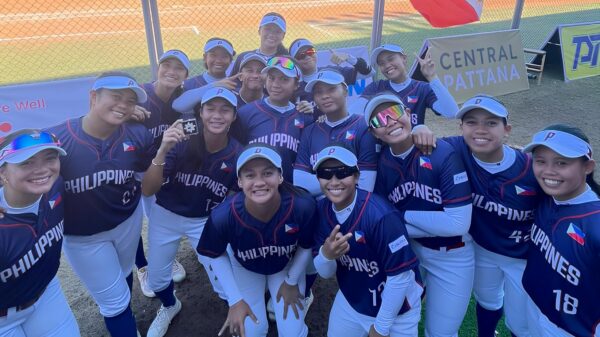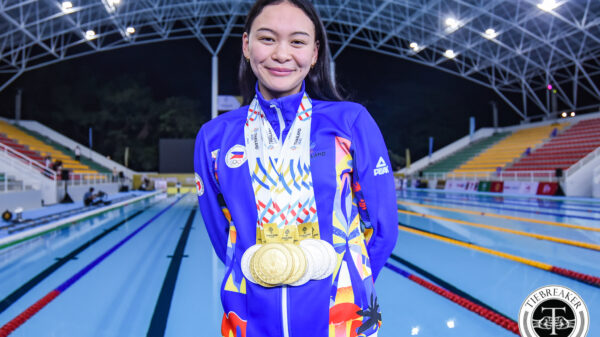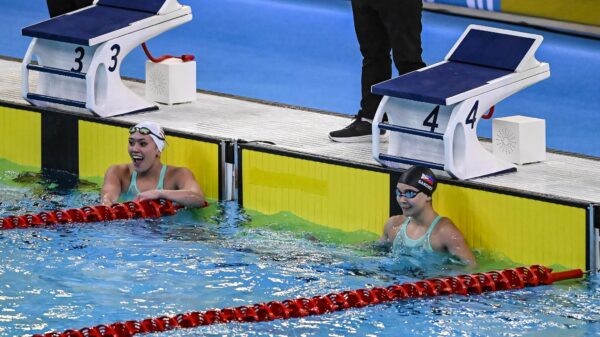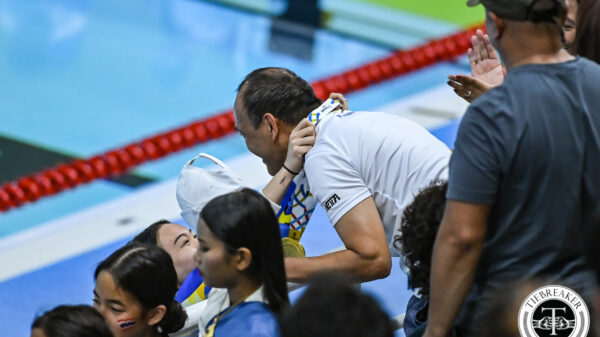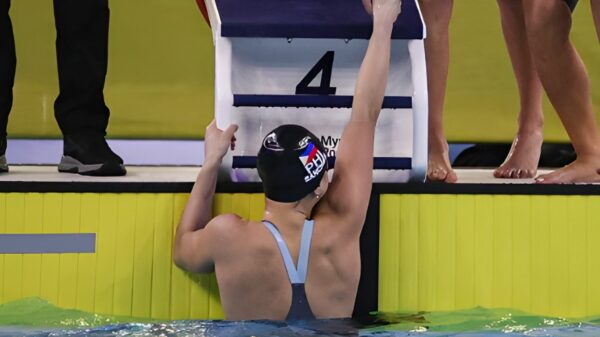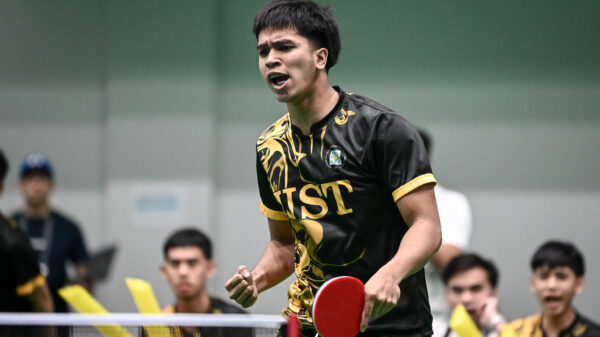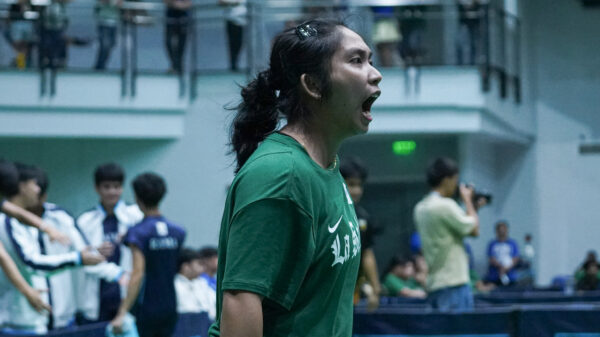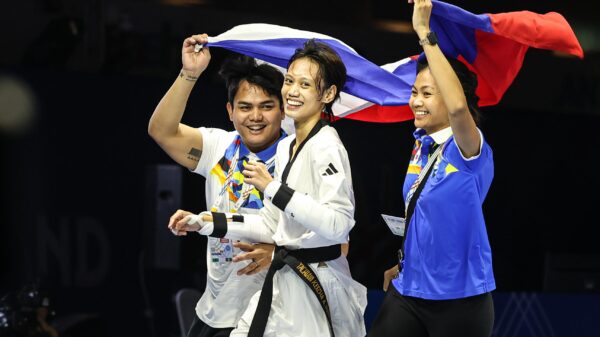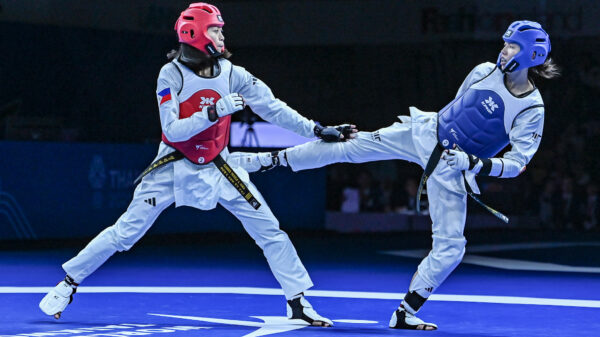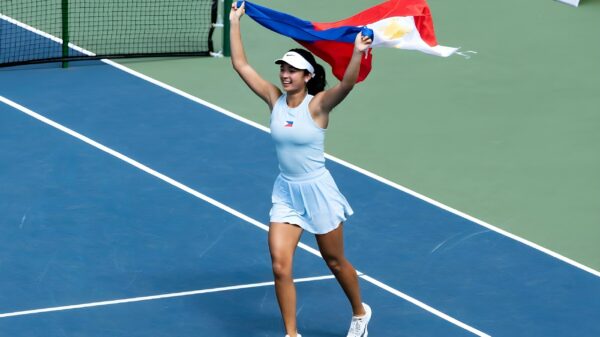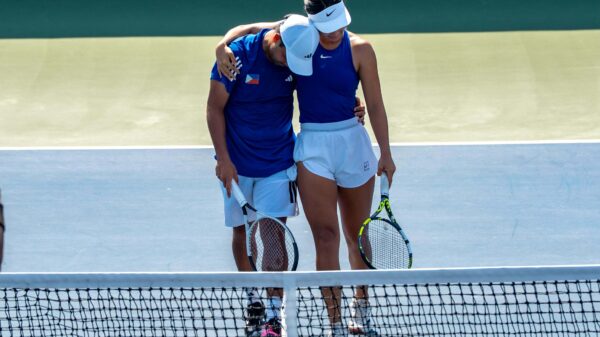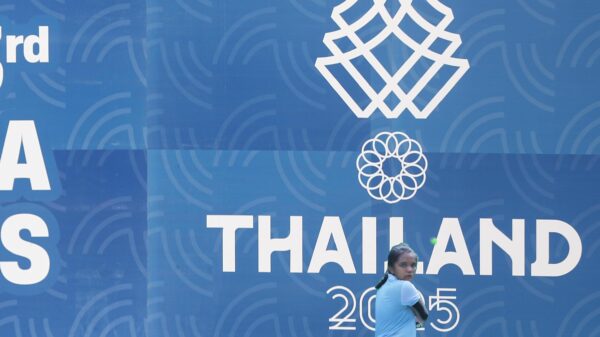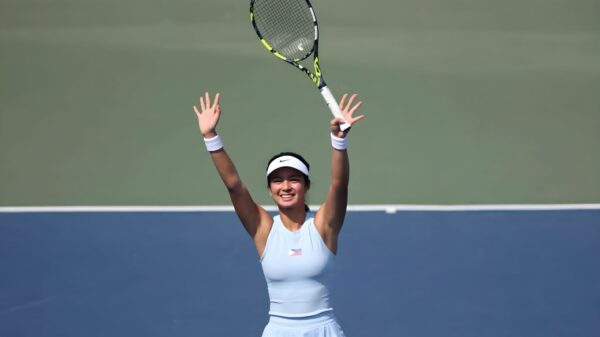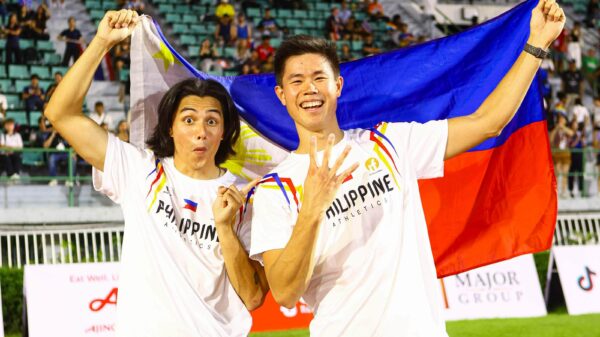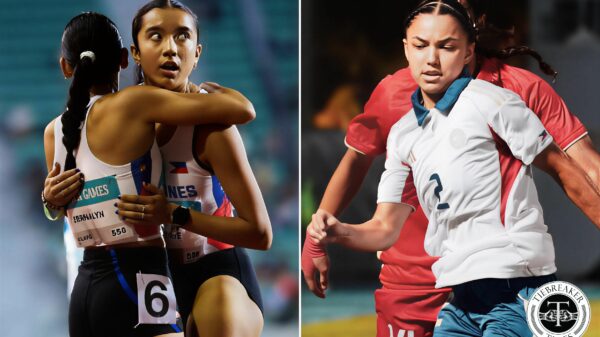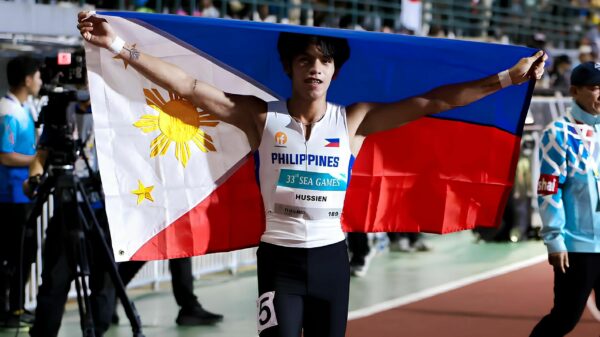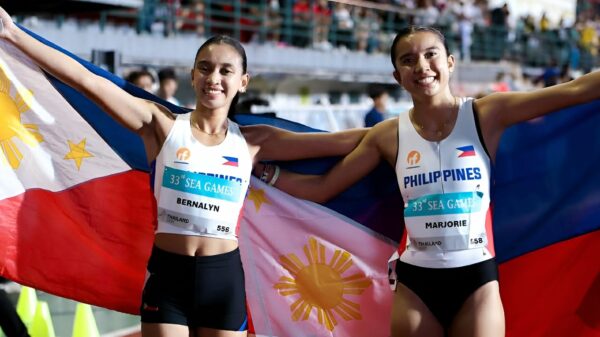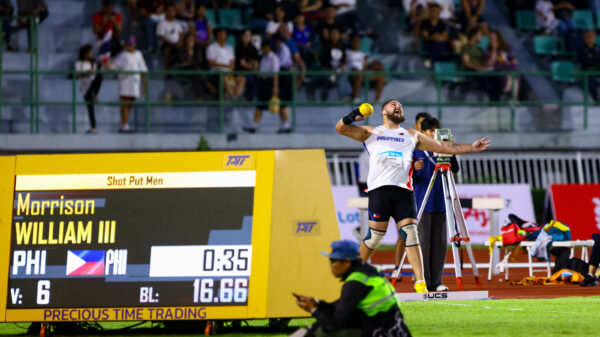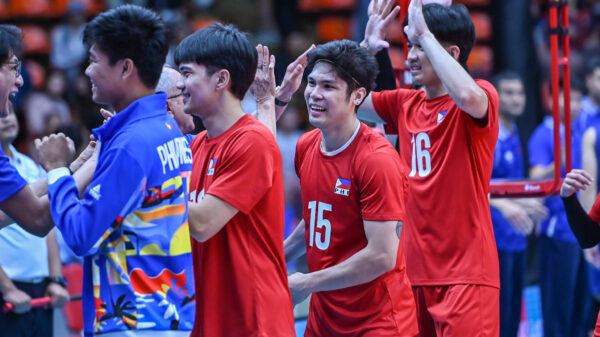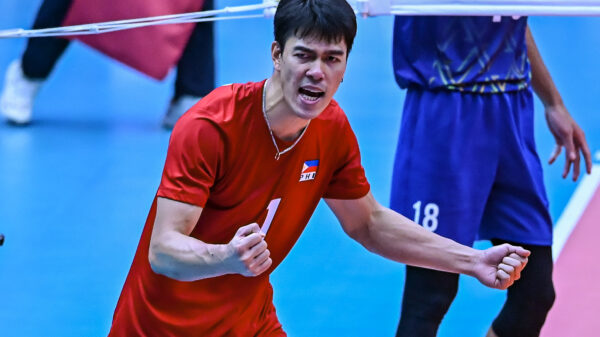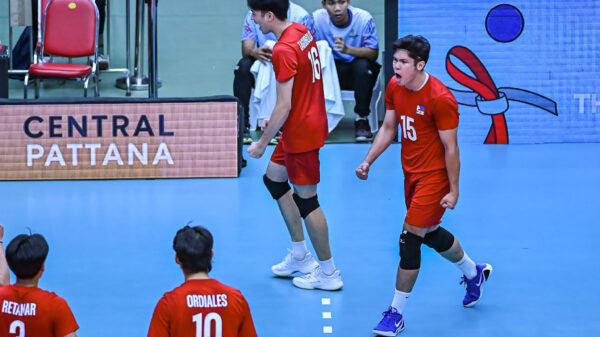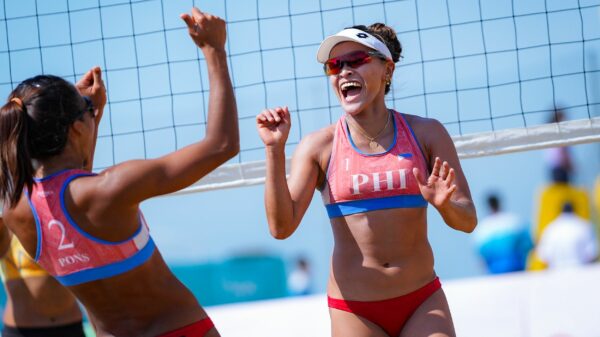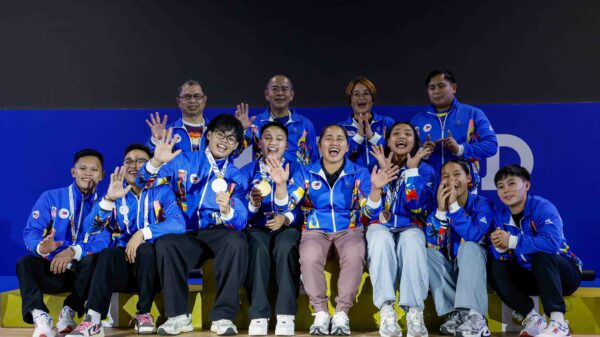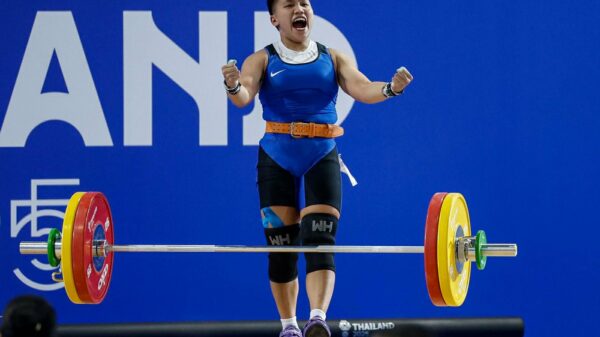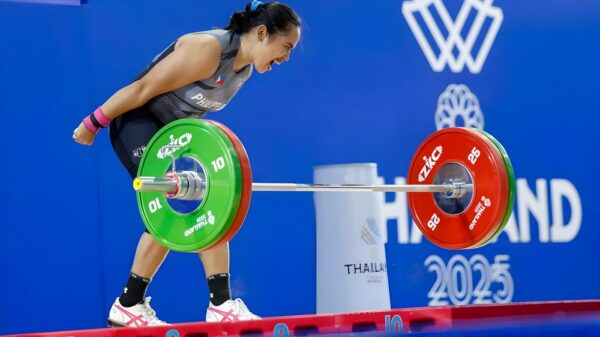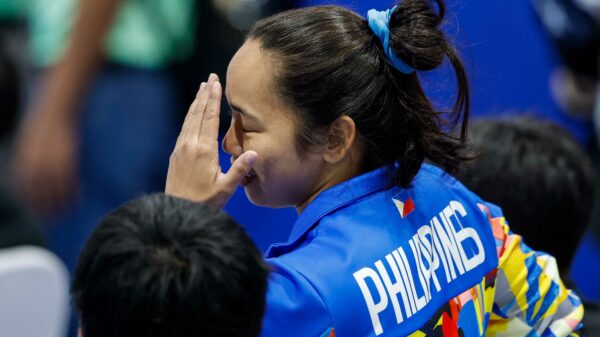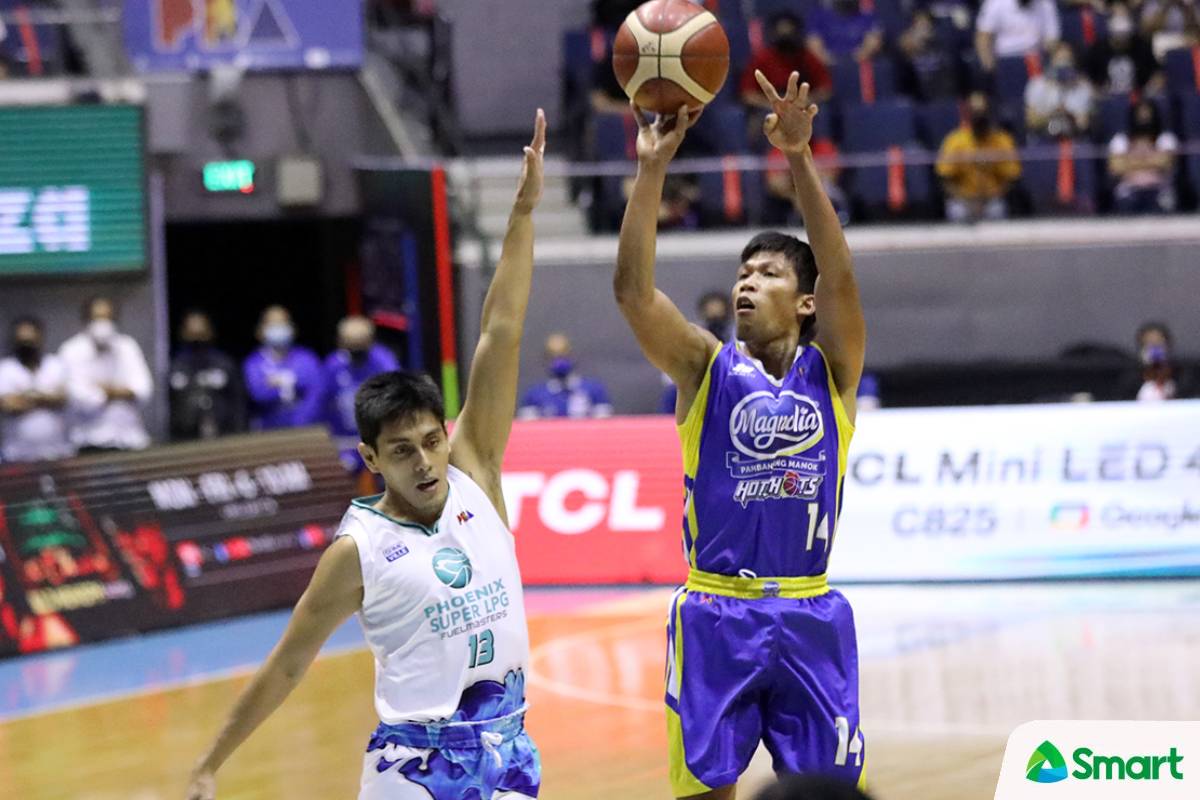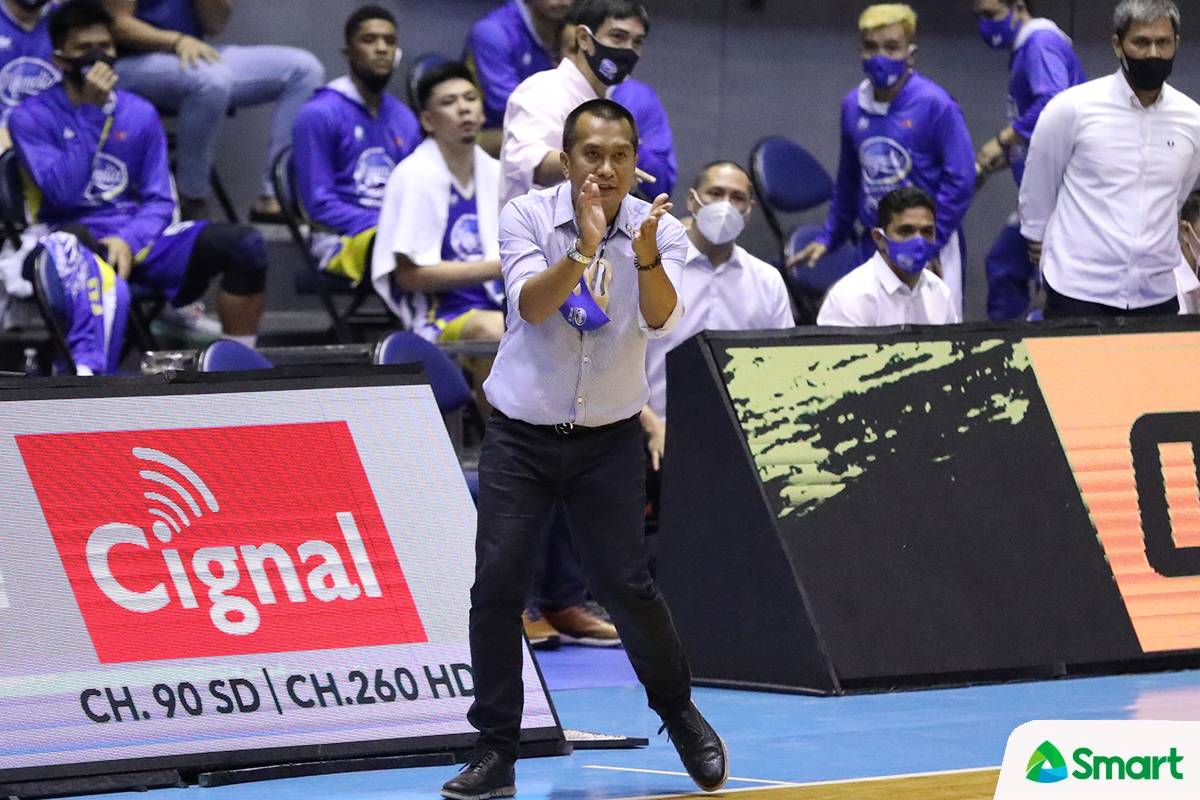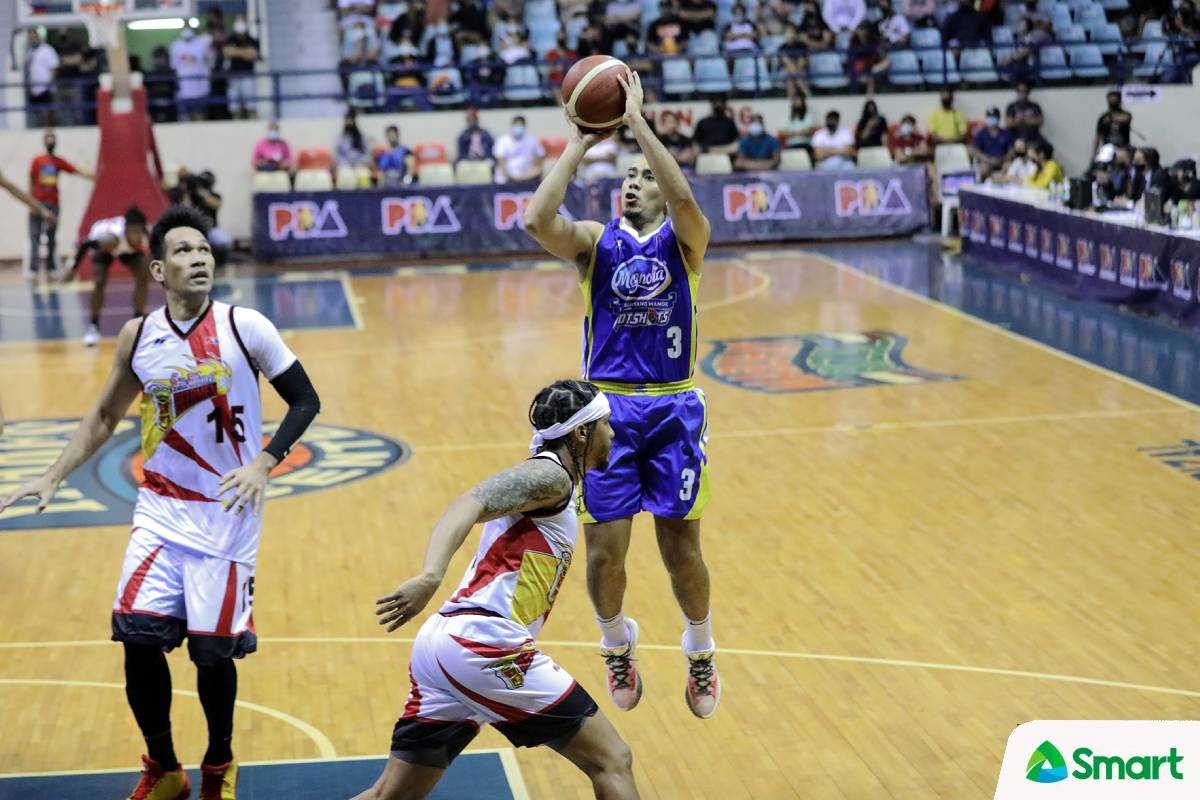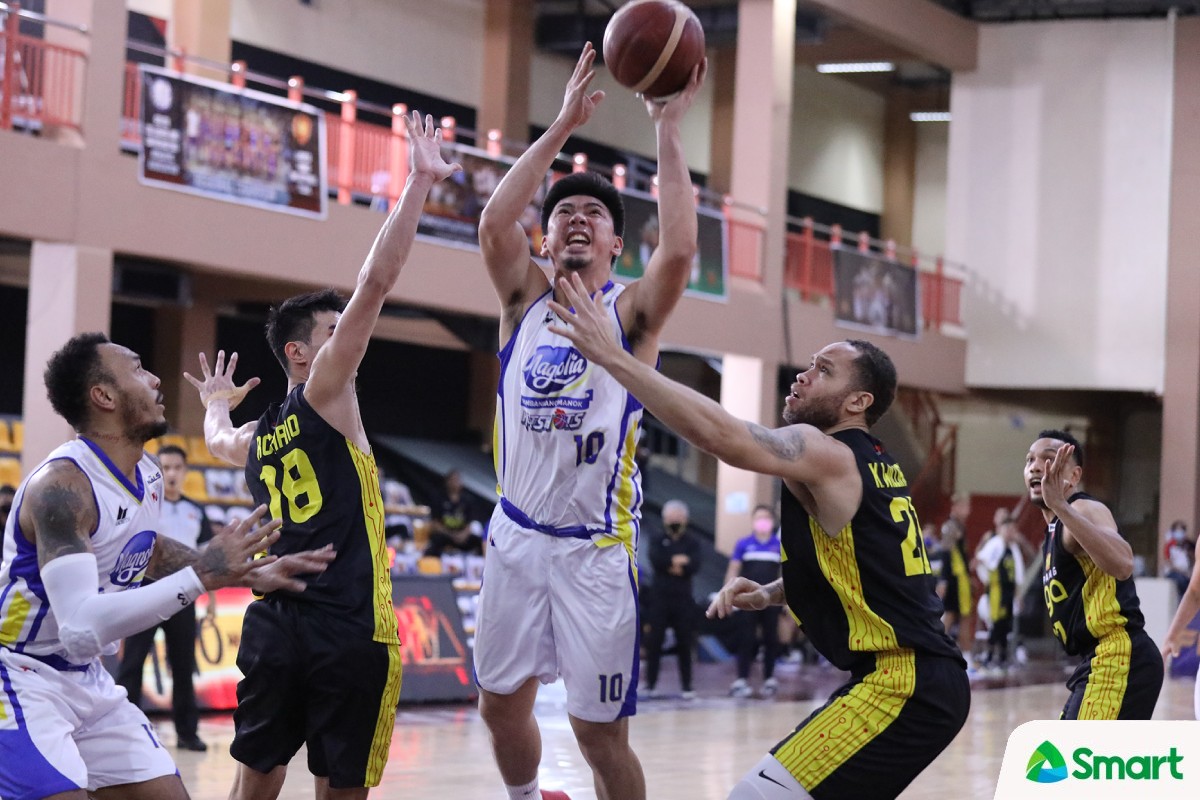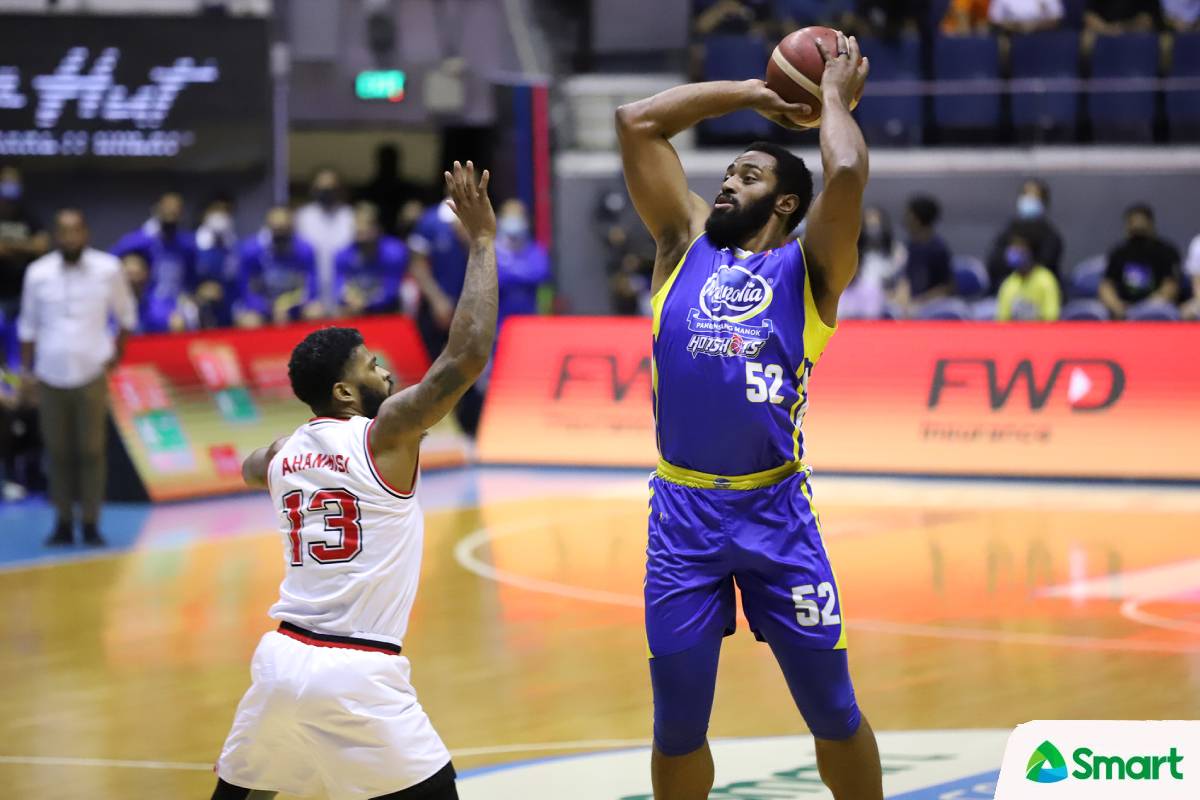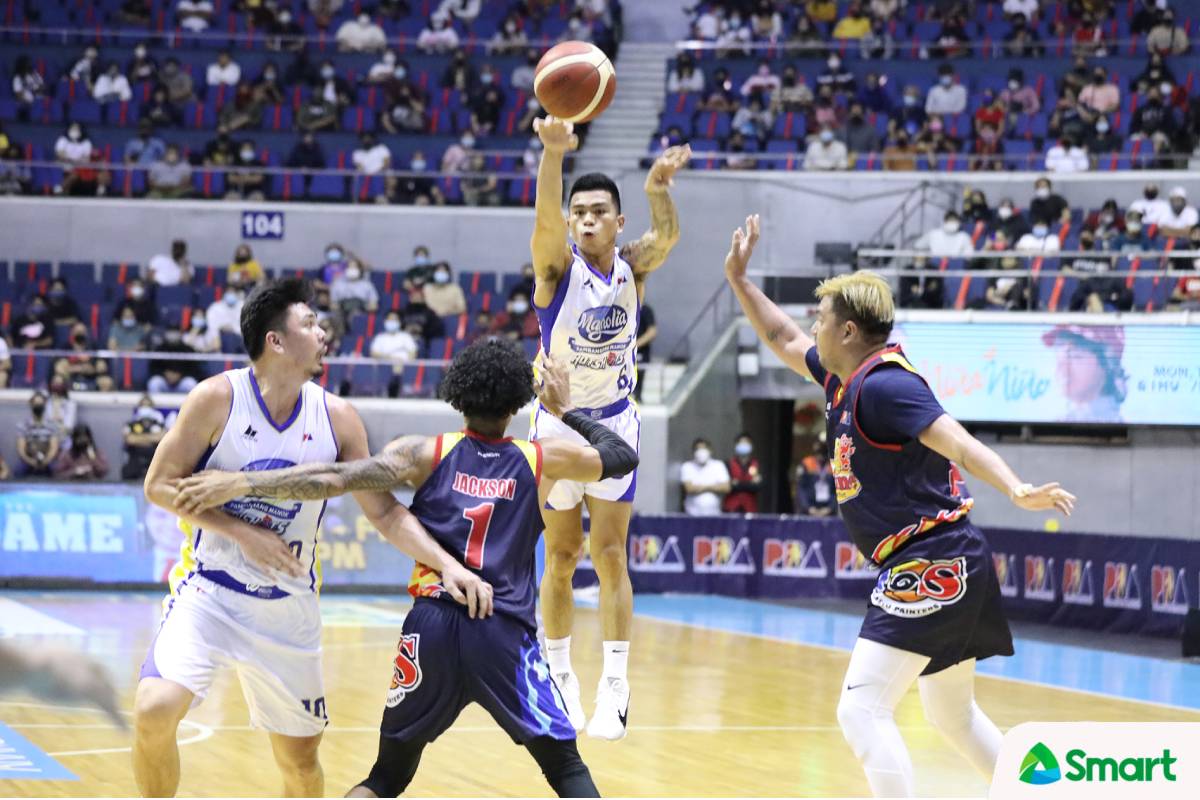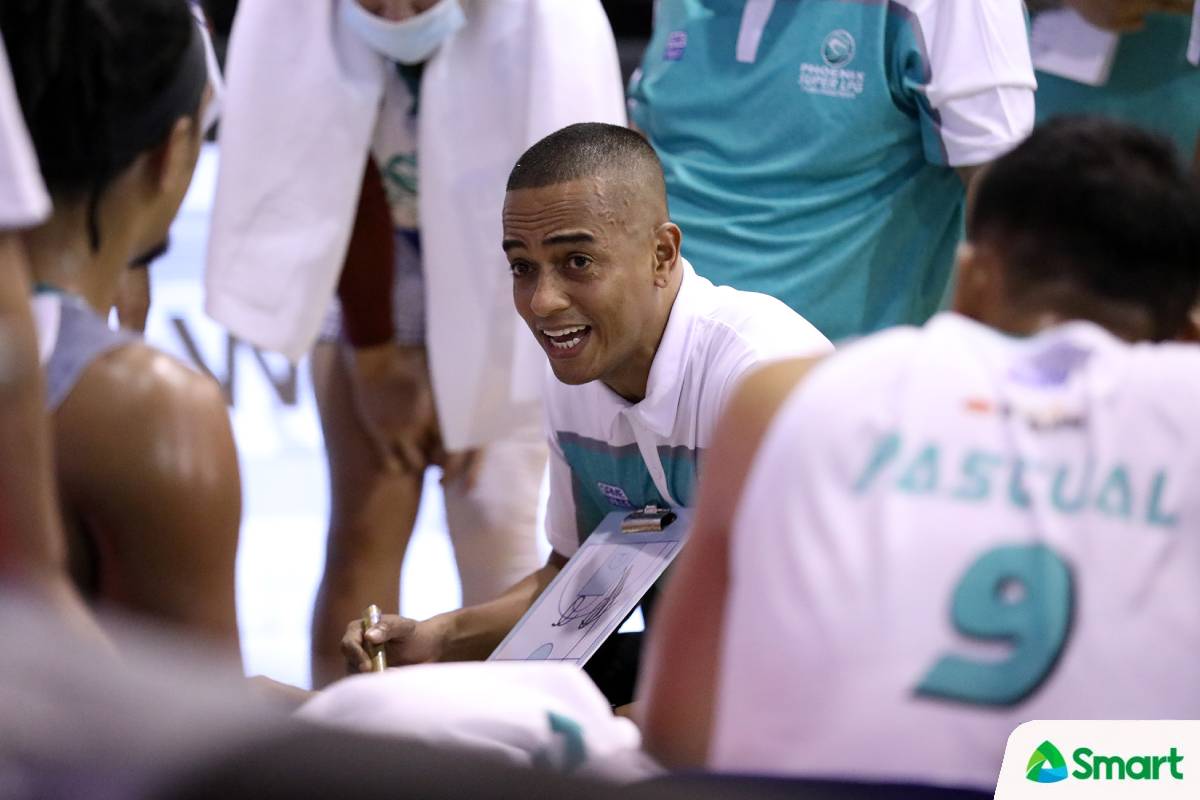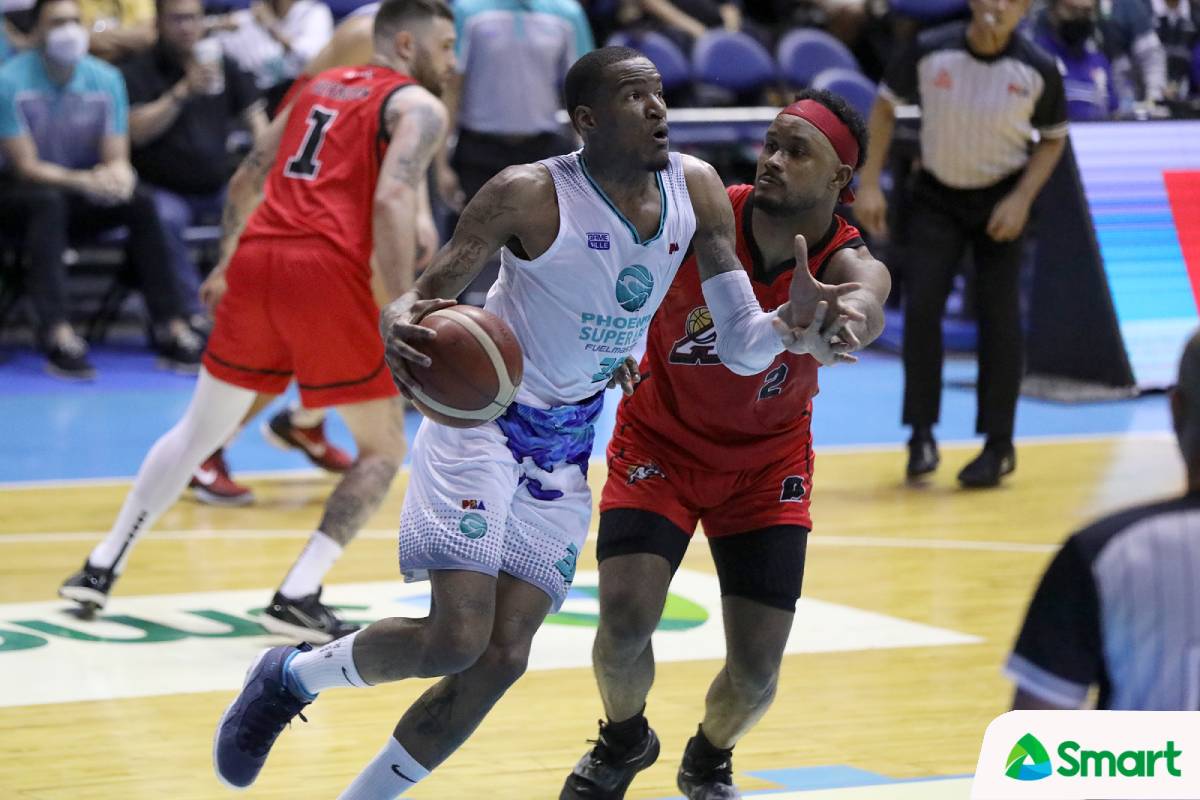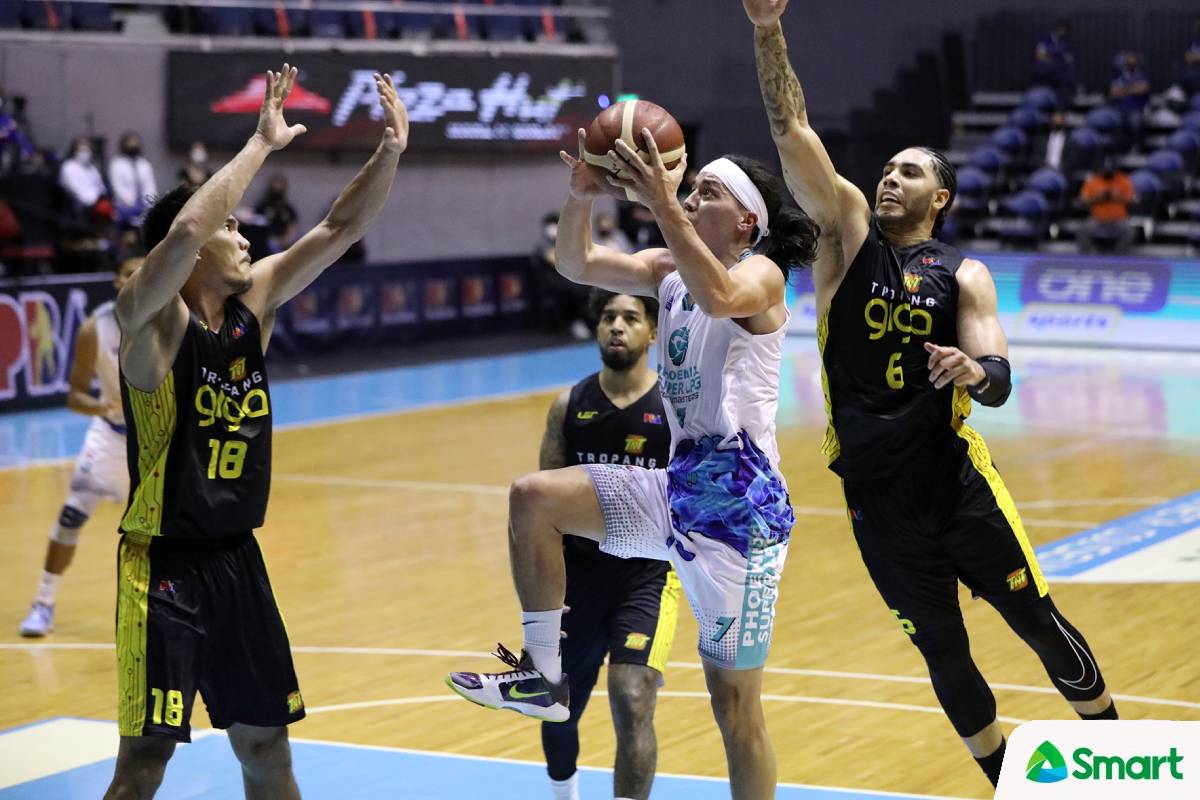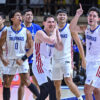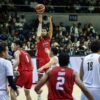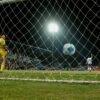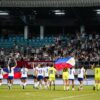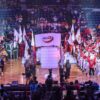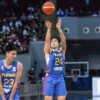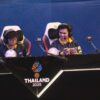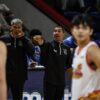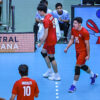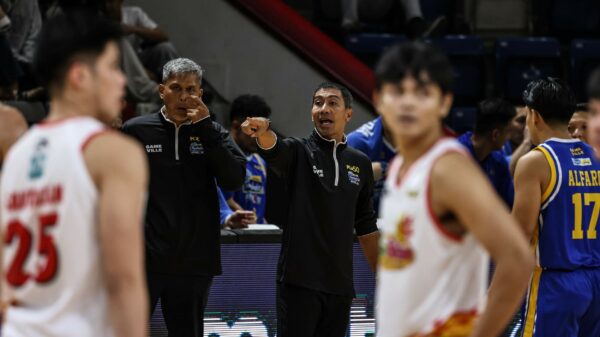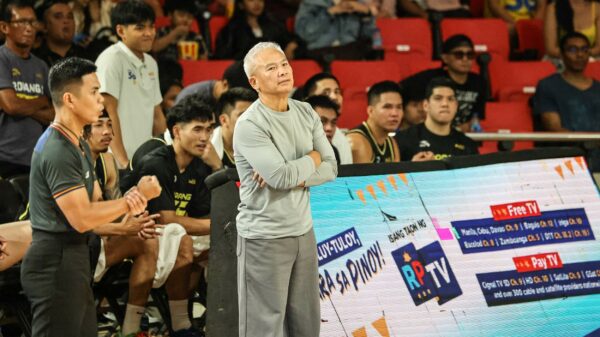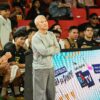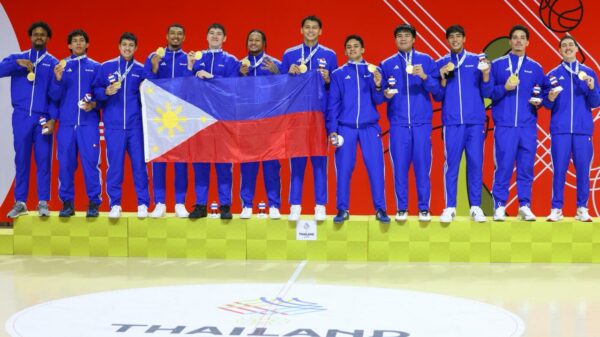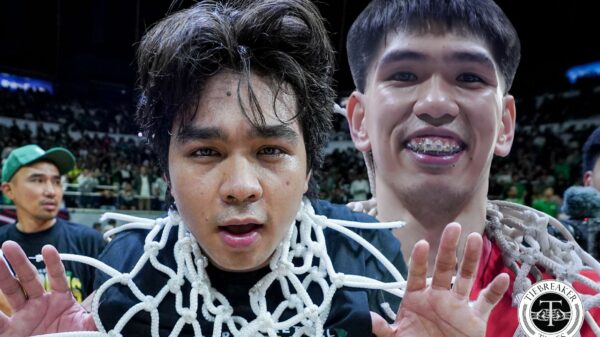It took a bit longer than expected, but we’ve finally reached the starting line of the 2021 PBA Governors’ Cup playoffs, where the real title contenders will finally look to separate themselves from the rest of the pack once the quarterfinals tip-off on Wednesday.
In this space, we’ll be taking a quick look at every team battling to advance to the semifinals – how their conference has gone so far, any lingering concerns they’ll have to address, and a peek at their import’s performance and the locals to monitor moving forward.
We’re continuing our mini-series with the No. 1 vs. No. 8 matchup slated on Friday, 6 p.m between the Magnolia Hotshots, who have been the best team this conference by far, and the Phoenix Super LPG Fuel Masters, a squad looking to pull one more surprise out of the hat after sneaking into the top 8 at the last minute.
Numbers are courtesy of ‘Stats by Ryan’ – an advanced stats database managed by stats guru Ryan Alba that will soon be published in Tiebreaker Times.
No.1 MAGNOLIA (9-2)
Offensive Rating: 116.9 (1st)
Defensive Rating: 104.3 (3rd)
Net Rating: 13.2 (1st)
WHAT HAS WORKED SO FAR: Elite two-way play
A pair of blunders at separate points in the elimination round against previously winless teams NorthPort and Blackwater has done little to shake Magnolia’s status as an absolute juggernaut. For 11 games, no team has looked better, more balanced, and more cohesive on both ends of the floor; as things stand right now, the Hotshots are the only team to carry top three marks in both offensive and defensive efficiency.
As usual, it’s the defense that powers the offense. Magnolia’s league-best steal rate has resulted in 16.3 opponent turnovers (second-highest), which in turn has led to a league-high 20.0 points off turnovers (first in the league) – nearly 20 percent of the Hotshots’ total points (105.6) per contest.
The execution in the half-court has been tremendous. The Hotshots roster is built in a way so that they will always benefit from having an efficient, three-level scorer, and veteran reinforcement Mike Harris (more on him in a later discussion) has aptly stepped up to the plate to carry the offense while the rest of the mainstays have filled the gaps in the margins without committing a ton of errors (12.3 turnovers are the lowest). No team has posted a higher Effective Field Goal Percentage than Magnolia (53.4 eFG%), who has also gained a lot from burying the very few threes (35.9 percent is first, 24.5 attempts are 11th) and free throws (78.1 percent is first, 20.4 attempts are 10th) they have put up during that span.
CONCERN: Is the offense sustainable?
Despite Magnolia’s consistently sturdy defense and coach Chito Victolero’s deep playbook, the team has never really been a consistently elite offensive team; in Stats by Ryan’s records since 2019, the Hotshots have finished a conference with an above-average offense only once in six tournaments, and they’ve never ranked above fifth. Hot starts are common, but the scoring takes a hit once the playoff crunch hits.
There are some minor worries about Magnolia’s ability to get things going once the flow in the halfcourt bogs down, though, of course, these concerns could later prove to be unfounded; aside from recording bottom-three attempt rates in free throws and three-pointers, the Hotshots have also posted the second-lowest percentage of shots assisted. Some sublime shot-making from Harris, as well as timely bursts from the supporting scorers (Paul Lee, Mark Barroca, Ian Sangalang, Calvin Abueva), should keep them afloat, but their ability to plug the holes once playoff teams try to puncture the ship will make or break their title hopes.
HOW’S THE IMPORT?
Harris’ ability to create his own offense without a hitch has been a treat to watch. This tournament’s oldest import has been as composed and collected as ever, virtually sleep-walking to averages of 29.6 points (53.8/37.3/82.3 splits), 13.7 rebounds, 1.9 assists, and 1.1 minutes in close to 39 minutes per contest.
Four more reinforcements have scored more on a per-game basis, but the efficient manner in which he has collected bucket after bucket has separated Harris from those guys. He’s up to 58.2 percent inside the arc – second among imports who have shot at least 15 times a game – and he’s tallied a 61.4 True Shooting Percentage (TS%), which is also second only to Ginebra’s Justin Brownlee.
Victolero has repeatedly preached about the value of closing out defensive possessions with a board many times in the past, and Harris has taken that to heart; only one import has grabbed a higher percentage of defensive rebounds than Harris, who has collected 31.3 percent of the available misses.
LOCALS TO WATCH: Mark Barroca and Jio Jalalon
The duo sustaining their fine play will prevent the Hotshots from going through prolonged lulls on offense in the playoffs. Barroca and Jalalon won’t score a bunch of points on a consistent basis, but they’re dutiful caretakers of the Hotshots’ offensive ecosystem; they maintain the order, making sure everything is working as intended no matter the situation, day in and day out.
Jalalon has an argument for being one of the best passing guards at this conference. Off-court troubles and a glut in Magnolia’s backcourt rotation have rattled the former Arellano star’s production in previous seasons, but he has looked rejuvenated and refocused this year and has gotten himself back on the right track. This tournament, he’s normed 9.5 points (48.8/14.3/71.4 splits, 51.5 TS%), 4.2 rebounds, 6.8 assists, 1.4 steals, and 2.5 TOs in 23.6 minutes.
He knows his job and never oversteps his role. No one in the league has assisted more on his teammates’ shots than Jalalon (43.3 assist percentage), who is also fifth among all players in steal rate and is the only player to find a spot within the top five of both categories. Three players have more dimes on average, but Stats by Ryan’s Passer Rating lists him as the second-most efficient passer – even ahead of assist leaders Robert Bolick and Matthew Wright.
Barroca (11.8 points on 45.4/32.4/84.6 splits, 4.2 rebounds, 5.9 assists, 1.5 steals, 1.9 turnovers, 31.7 minutes; 52.1 TS%) feels like a mirror image of Jalalon this conference, though he’s a better scorer and better man defender in a team scheme. He’s doing the same thing he’s been good at since time immemorial; he’s assisted on 27.1 percent of his teammates’ shots (seventh in the league), and he’s doing it efficiently, coming in at sixth in Passer Rating after the elimination round. A top-16 steal rate is a proof that his instincts have not waned one bit.
No. 8 PHOENIX SUPER LPG
Offensive Rating: 103.9 (9th)
Defensive Rating: 106.2 (8th)
Net Rating: -2.3 (9th)
WHAT’S BEEN WORKING SO FAR: Pace and space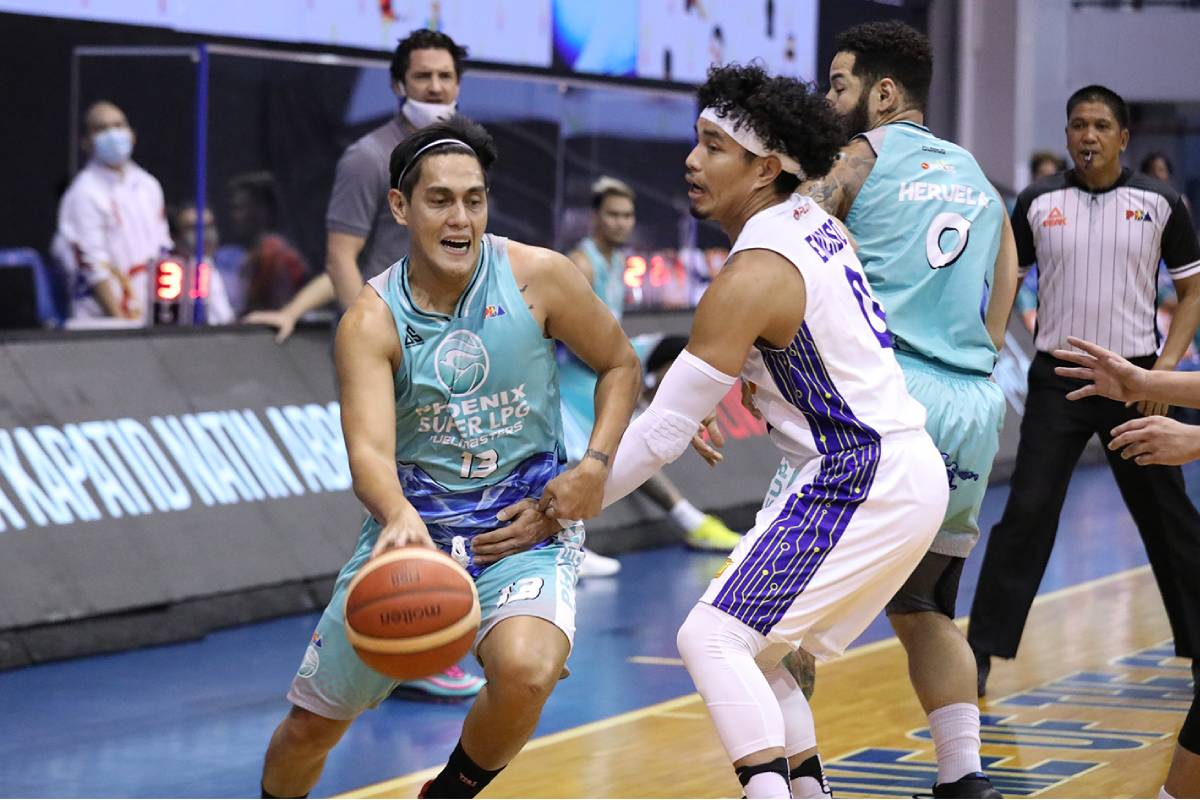
The Fuel Masters continue to live up to their moniker by playing as one of the fastest teams under coach Topex Robinson. This conference has been no exception, as they’ve ranked third in possessions per game so far.
But unlike the previous two conferences, where the team finished among the top four offenses, Phoenix is bottom four in offensive efficiency. Still, they’re reaping the benefits of running and spacing the floor well; the Fuel Masters are still sixth in eFG% (49.6) thanks to their penchant for firing a ton of shots from deep (35.3 attempts, second), where they’re hitting a sixth-best 33.0 percent.
They’re pretty flexible on defense and are prone to throwing multiple defensive coverages as they see fit, and that has gotten them a lot of deflections. Phoenix is a top-three team in terms of steal rate, and no other squad has forced the opposition to more turnovers, as a league-high 16.2 percent of their counterparts’ possessions have ended in an error. That, in turn, has given them some of the easiest looks in basketball (18.5 points off turnovers, fifth).
CONCERNS: Can their shaky two-way play hold up against the league’s best team?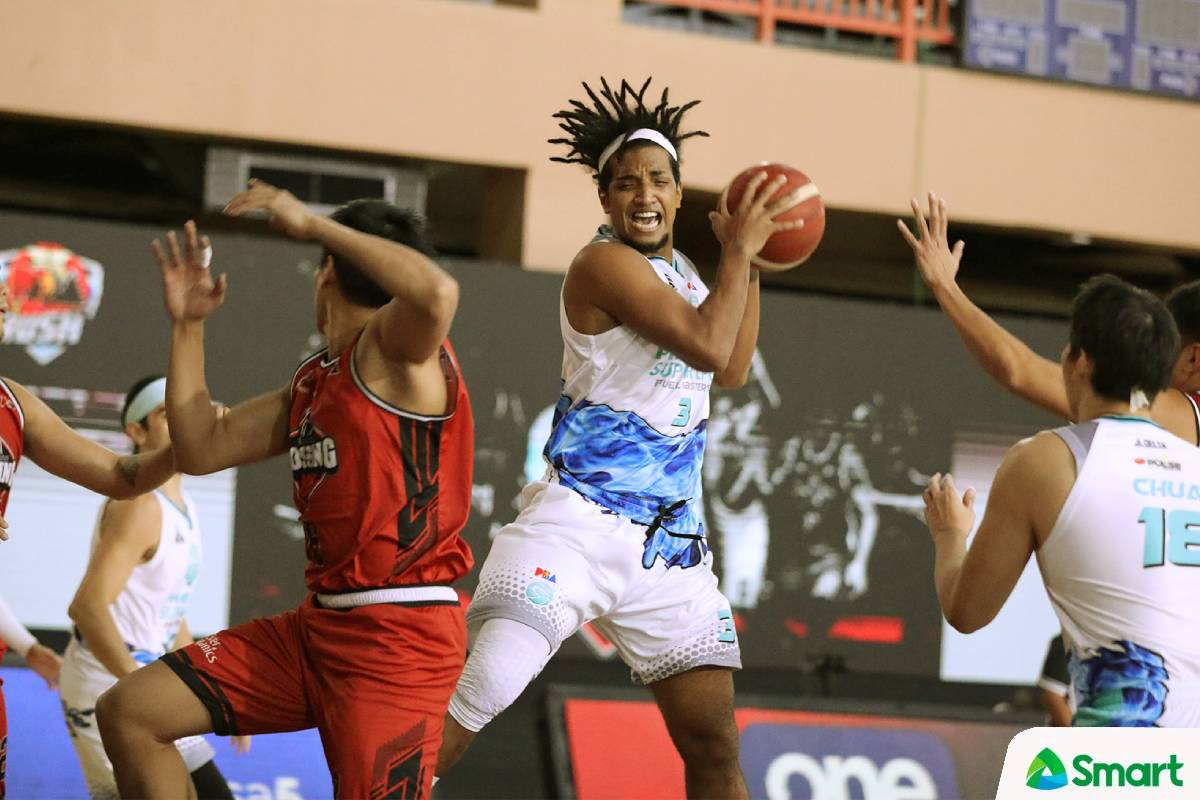
This isn’t the same Fuel Masters team that crashed into the semifinals for the first time in their franchise history back in the 2020 Philippine Cup; trading away Calvin Abueva and Vic Manuel before losing Chris Banchero in free agency have drained Phoenix of the requisite talent needed to go toe-to-toe with the league’s giants.
Losing these big-name talents might have also sapped the Fuel Masters of their ability to be varied and versatile on offense. They’re still spreading the floor to a decent degree, but they’ve barely gotten anything from inside the arc (49.6 percent on twos, ninth) – particularly in the paint, where only one team has scored less than a Phoenix team that is also dead-last in free throw rate and first in turnovers. The free-flowing, unpredictable offense that nearly brought them to a first Finals appearance two conferences ago has nearly ground to a halt and has been replaced with inefficiency, disorder, and hesitation that is apparent on most nights.
While Phoenix has shown some fight by disrupting passing lanes, there is an overall lack of discipline and direction on defense. No playoff team has committed more fouls (24.3) or handed their opponents more free throws, and teams are burying the Fuel Masters by heaving and shooting at a top-four rate from three-point range.
HOW’S THE IMPORT?
Du’Vaughn Maxwell has been tremendous, immediately balling out since the very first time he stepped on the floor for Phoenix after subbing in for the injured Paul Harris.
He deserves another PBA call-up in the future, whether it be with the Fuel Masters or with another team that can accommodate his offensive repertoire basically devoid of three-point shooting. Not that he’s needed to step out for those long bombs, anyway; the 30-year-old swingman has put up 26.0 points on 62.3 percent shooting from the field, including an insane 67.4 percent on twos, subsisting on a diet of shots from the mid-range, in the post, and easy looks as a roll man.
Maxwell has also added 15.3 rebounds, 3.3 assists, 2.0 steals, and 1.3 blocks, helping the Fuel Masters to a 2-1 record in games that he’s played in. His energy on defense has been something Phoenix has been missing for the most part; he’s posted steal and block rates that would qualify inside the top 15 if he played enough games – something that no import (and only one local) has done this conference.
LOCAL TO WATCH: Matthew Wright
Since putting up his most efficient season yet in 2020, where he scored 21.1 points on 59.3 TS%, Wright has found himself in quite a slump, managing just 15.9 points on 35.9/28.1/79 splits for a 46.5 TS% in 23 games this year — not quite the worst stretch of his five-year career, but not exactly a fitting follow-up to a fiery season, either.
He’s made up for it by involving his teammates a lot more. The Fil-Canadian gunner has tallied 18.2 points on subpar efficiency (38/26.8/78.6 splits, 48.5 TS% — almost five percentage points lower than league average) this tournament, but he’s also handing out a career-high 7.3 assists, second in the league among qualified players. Only Jalalon has posted a higher assist rate than Wright.
His scoring is still the main draw, though, and coach Topex Robinson and his staff are probably hard at work right now planning better touches for Wright. It’s not an assertion thing with him; smart defensive schemes have taken away some of his favorite looks, forcing him to defer to Maxwell and Jason Perkins (13.5 points, 7.3 rebounds, 58.6 TS%, and super underrated). But it feels like Wright is due for a big one against Magnolia, one way or another. (He’s shooting 26.8 percent from deep, which is the second-worst figure among 14 guys throwing up six a game. Those shots have to fall at some point, right?)

